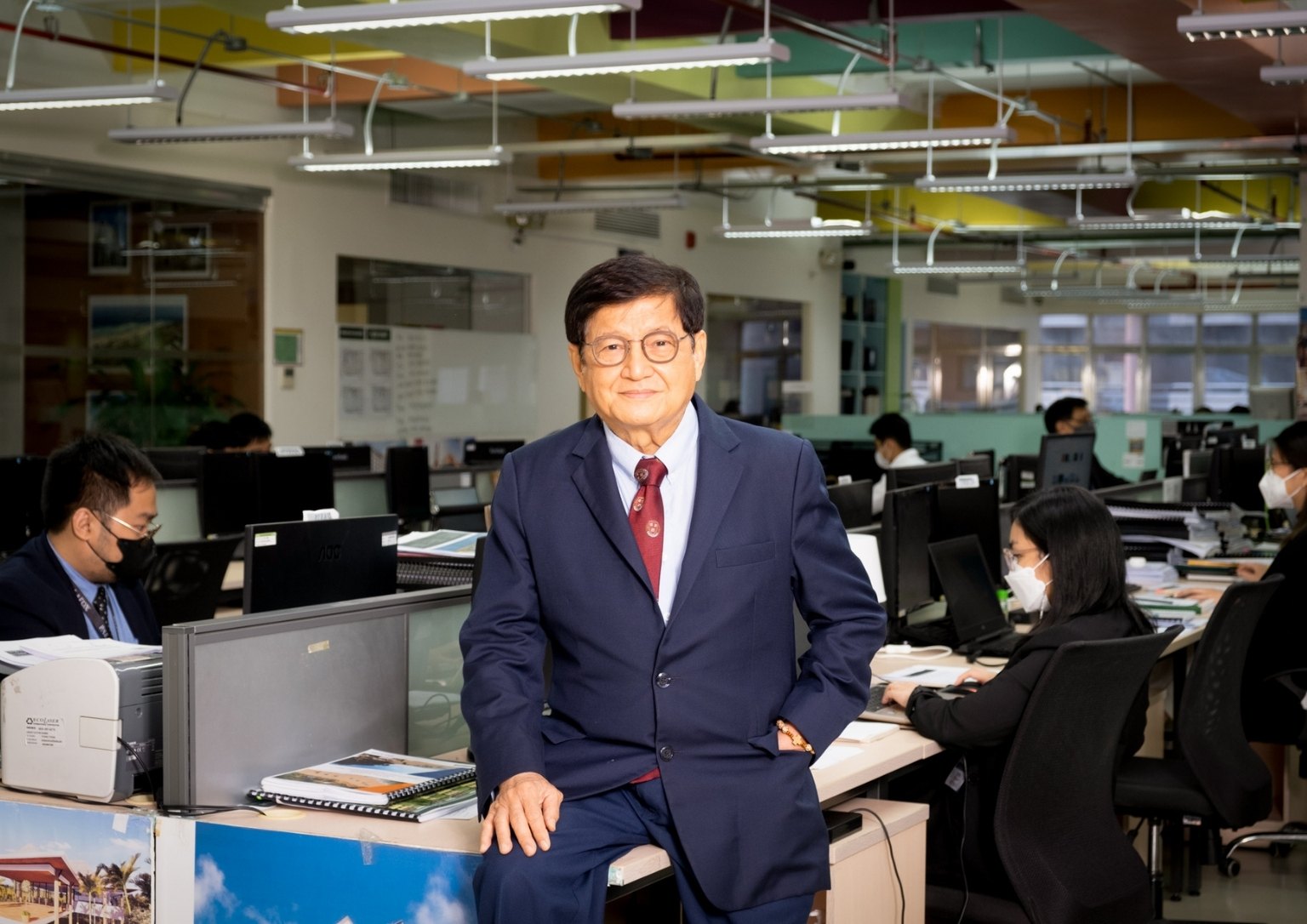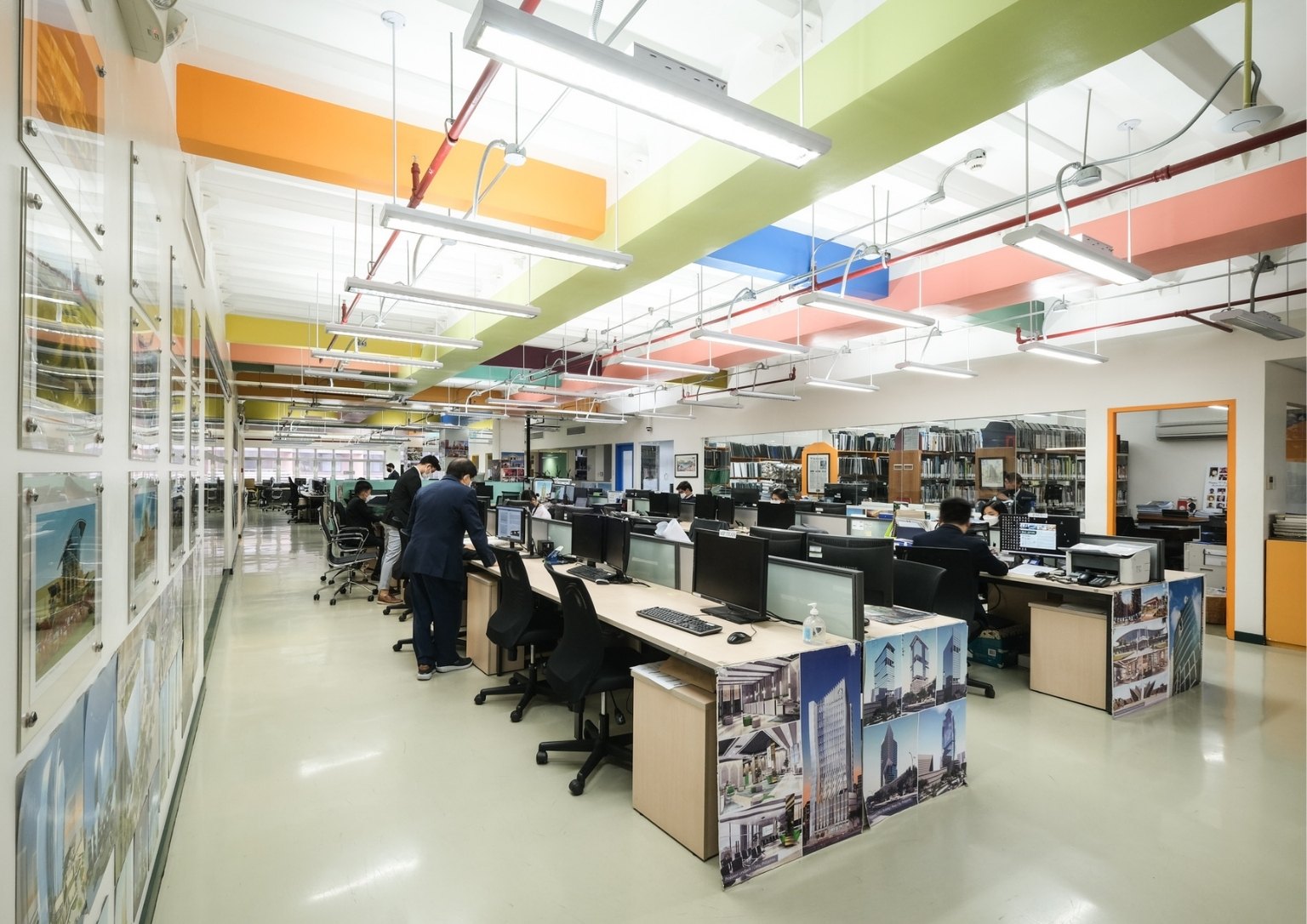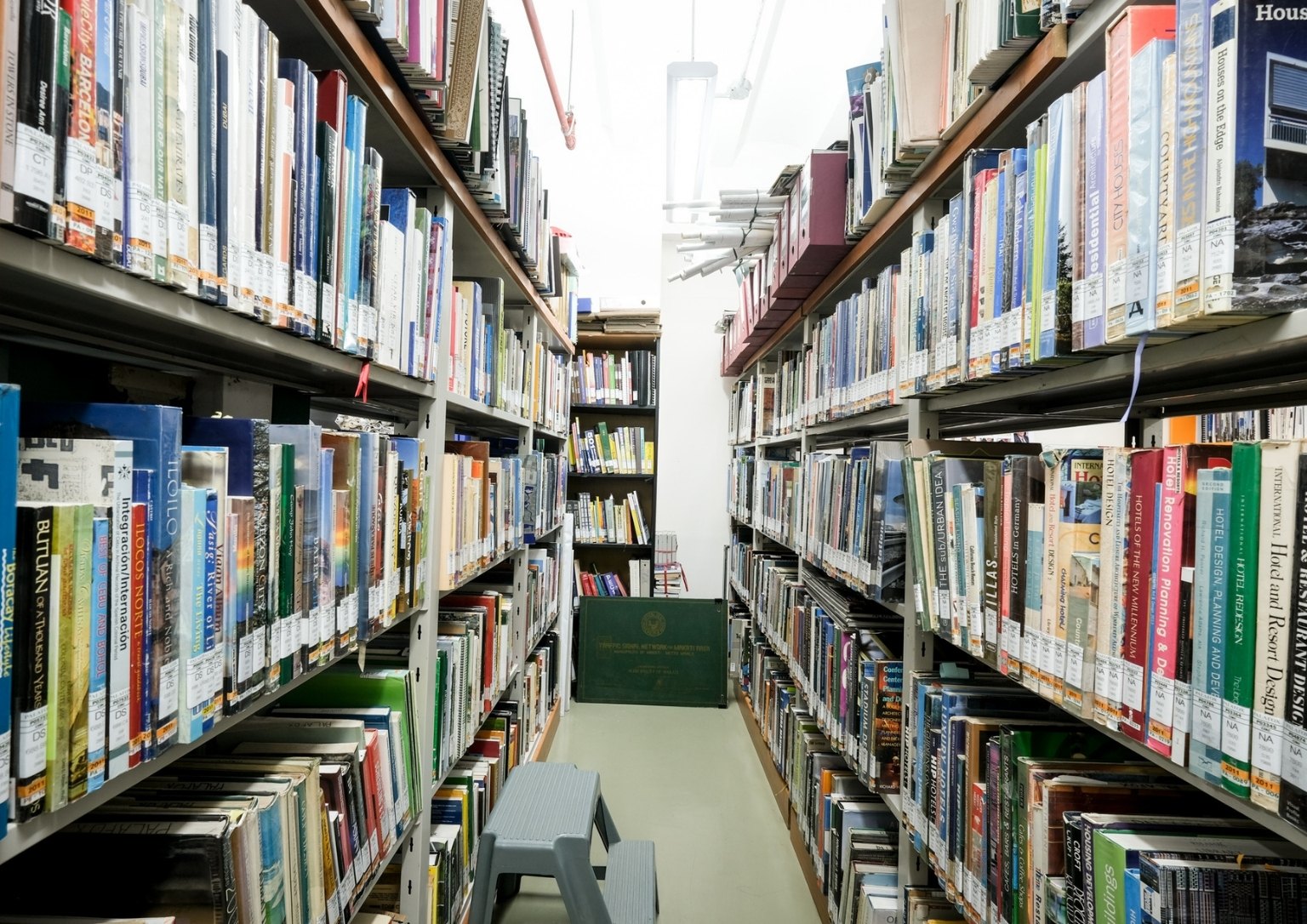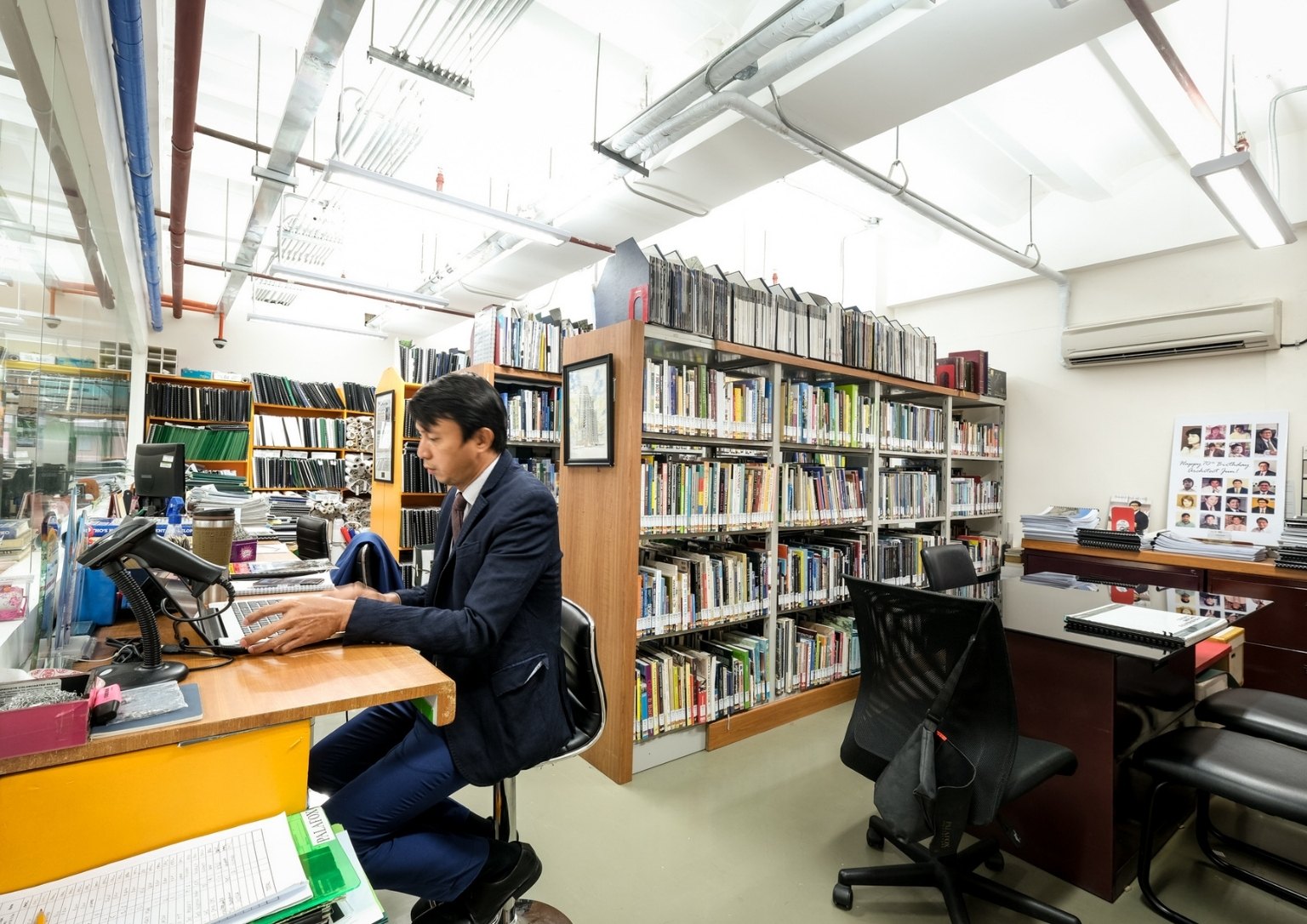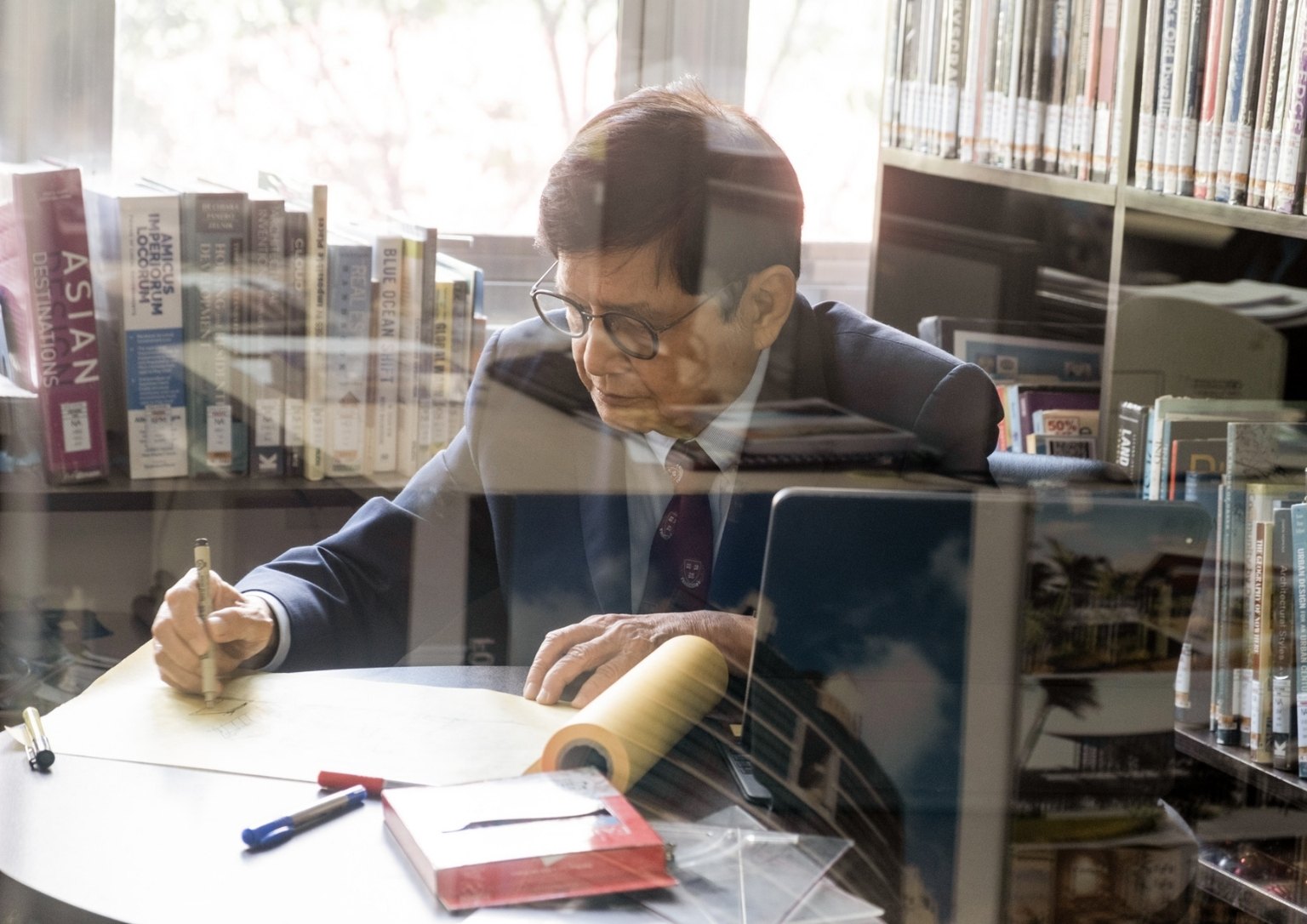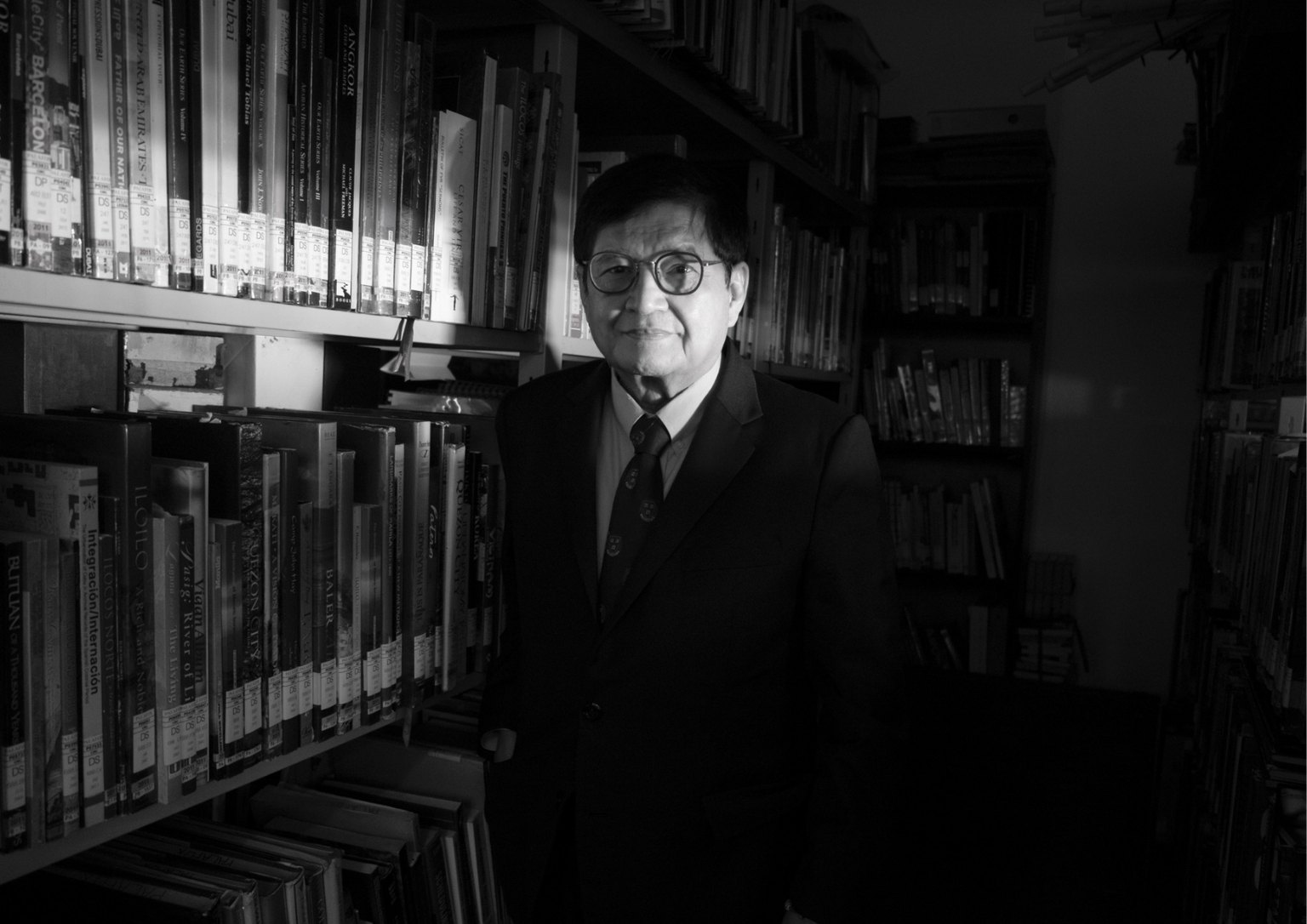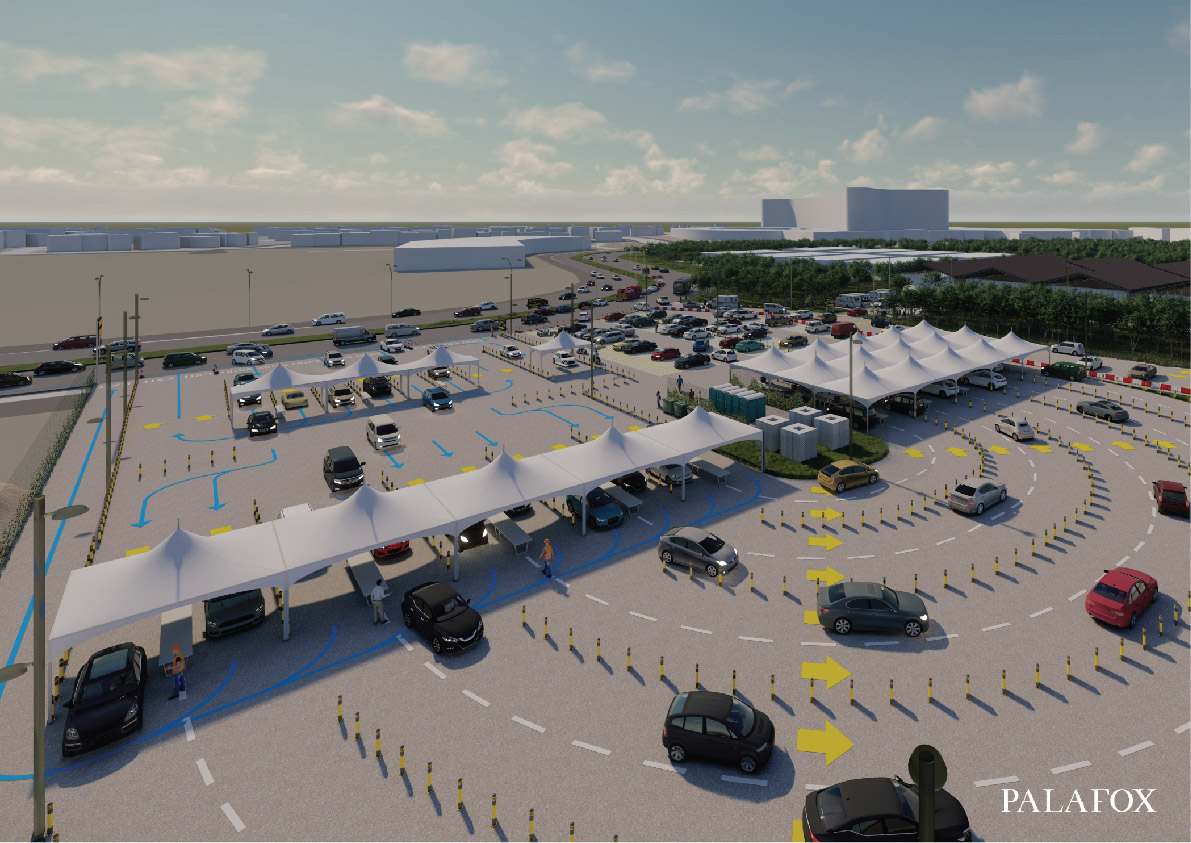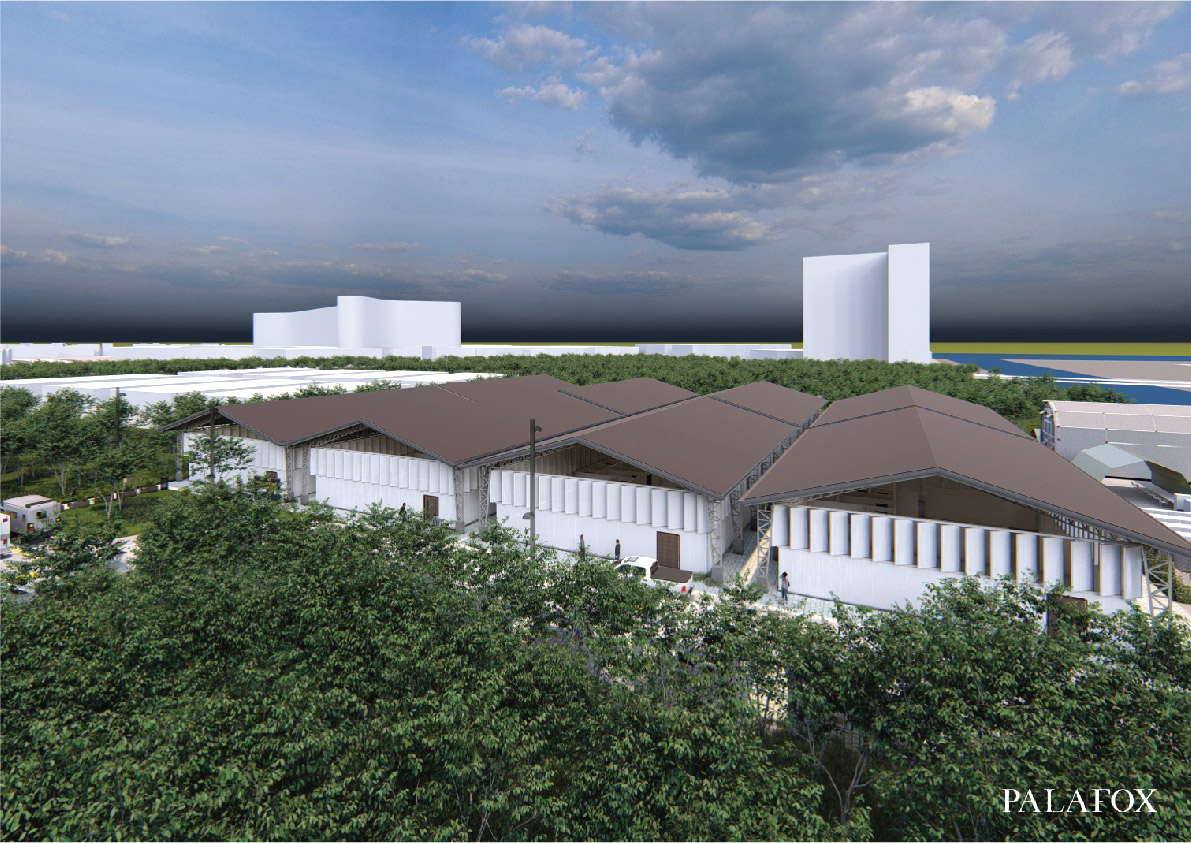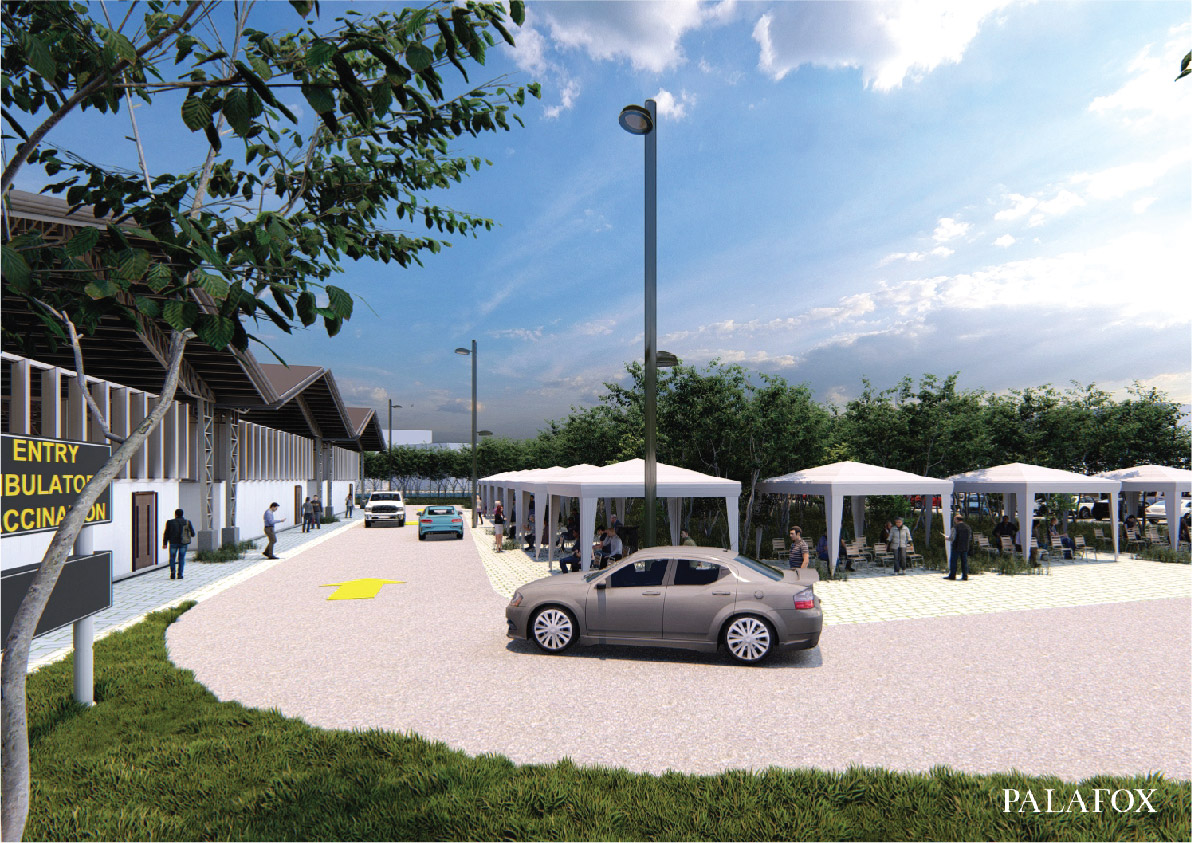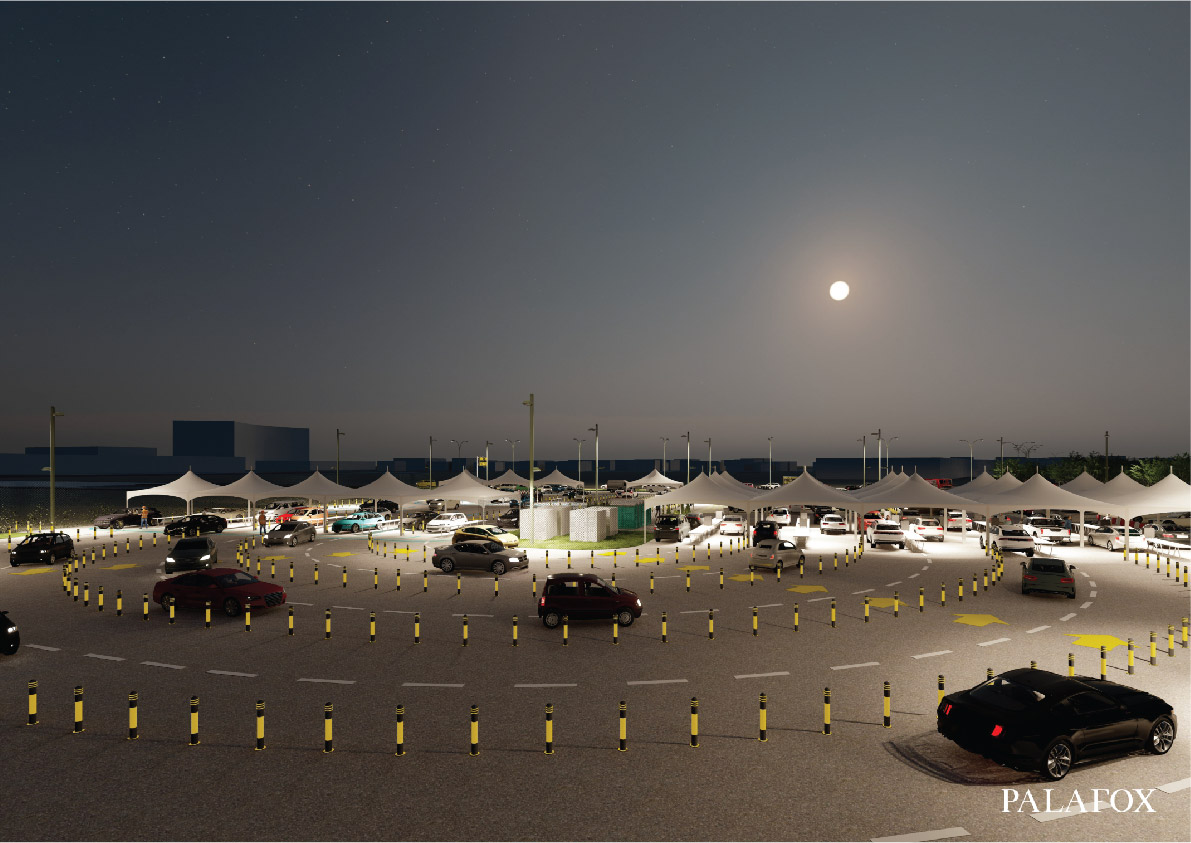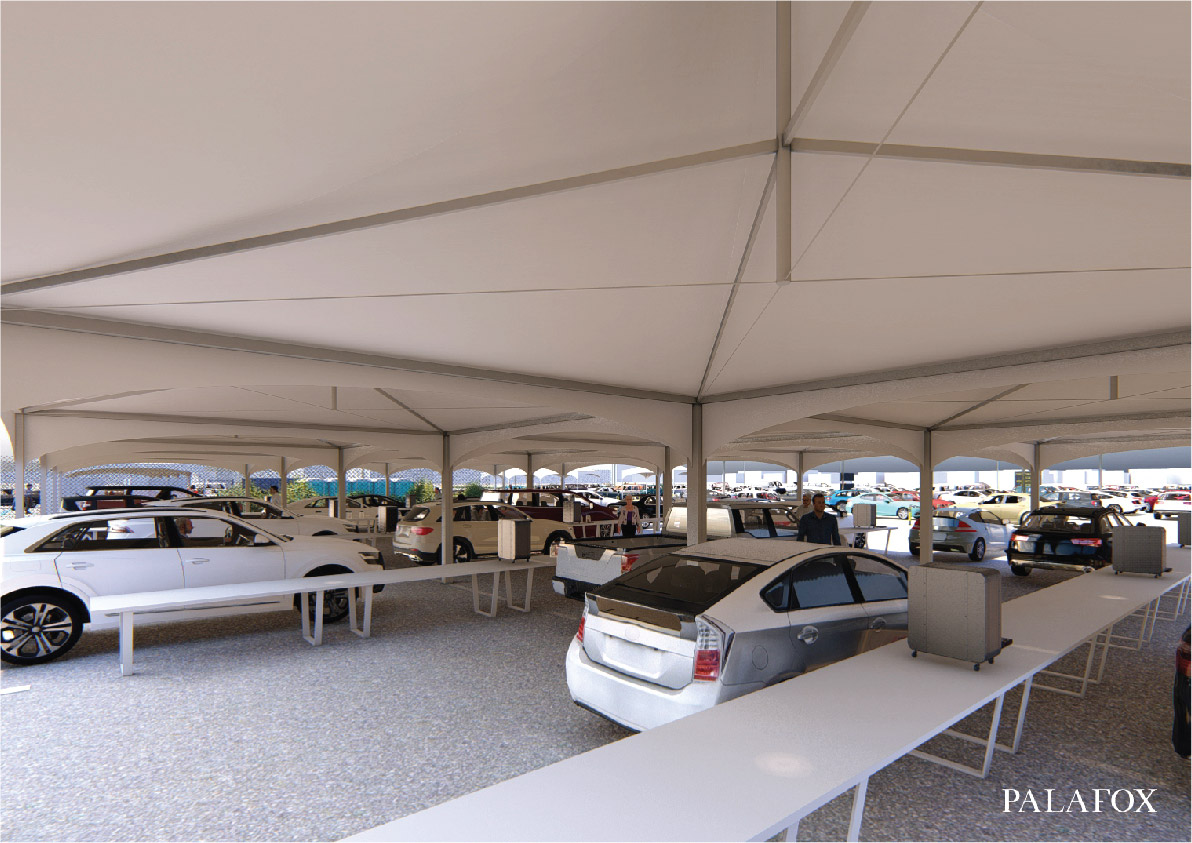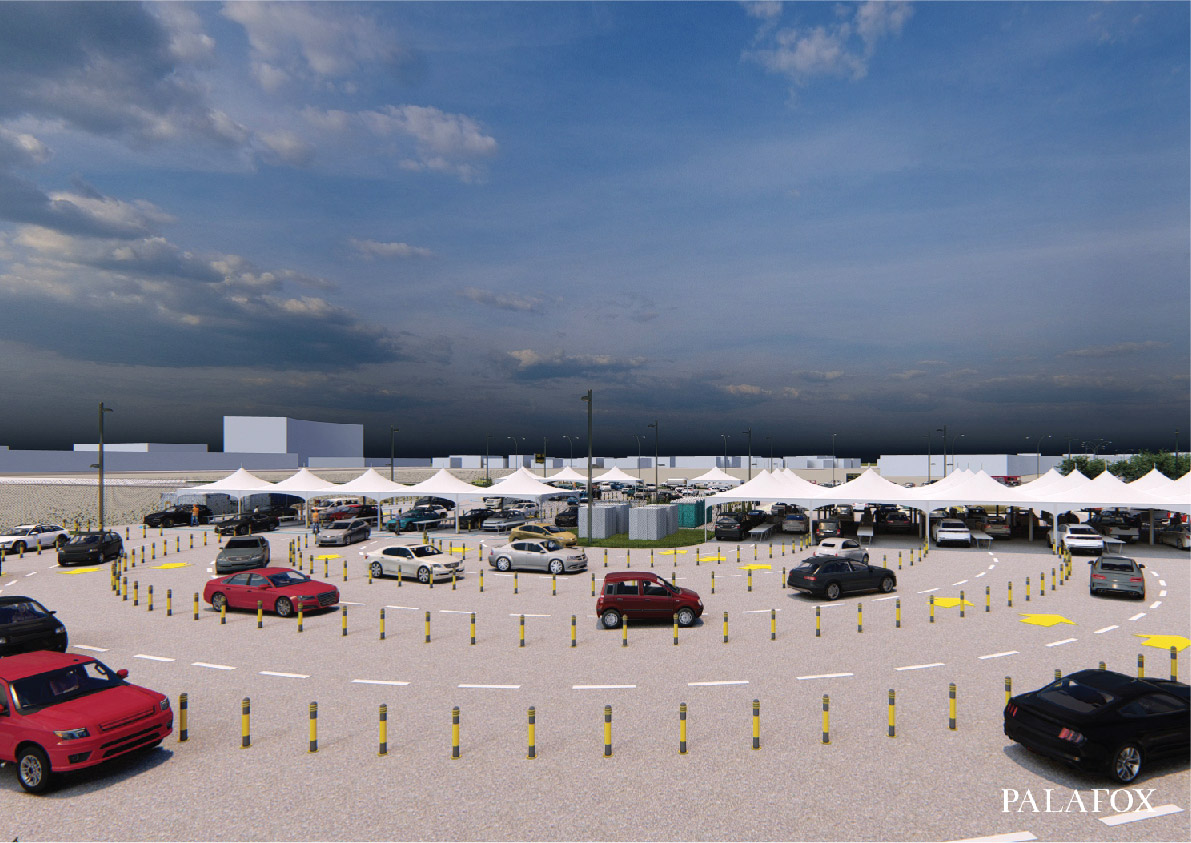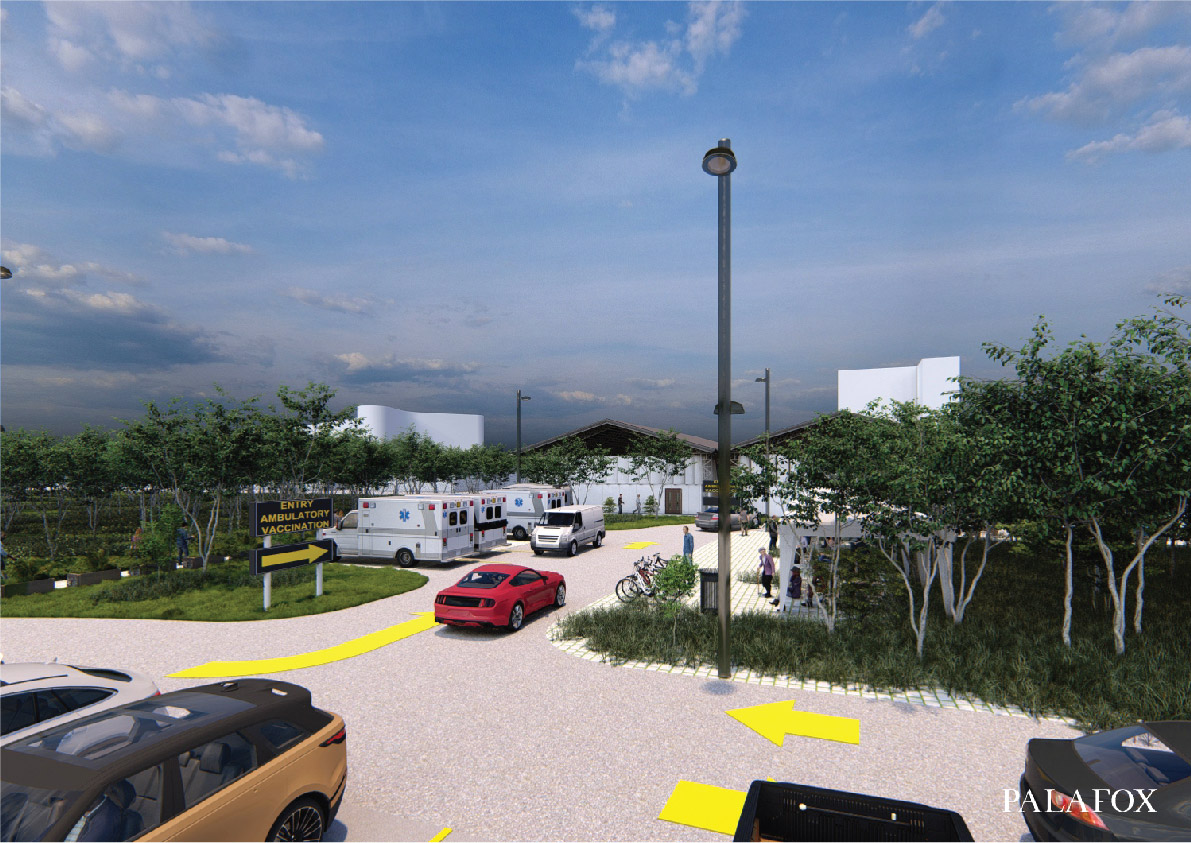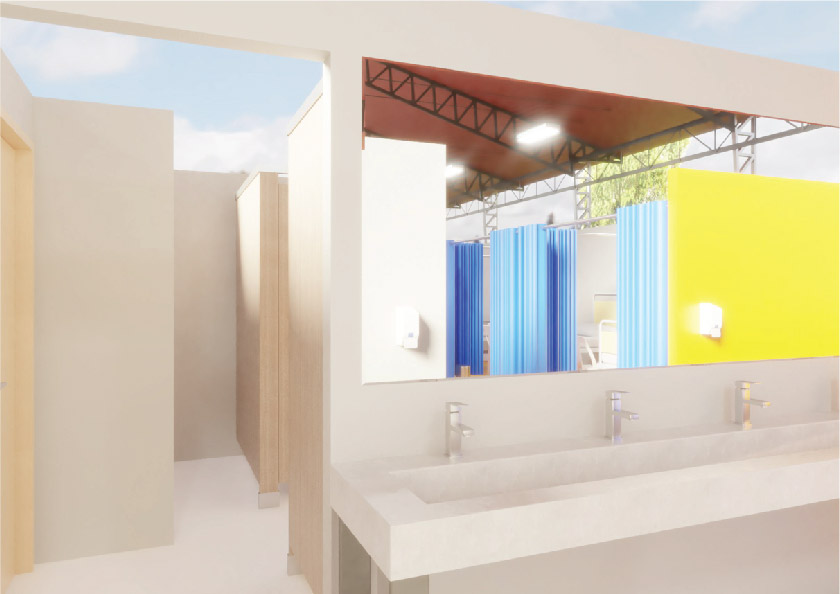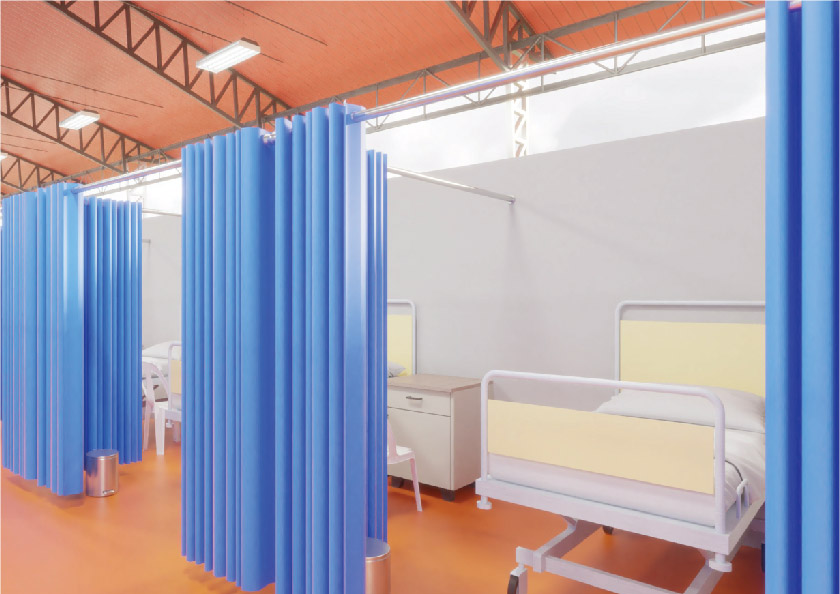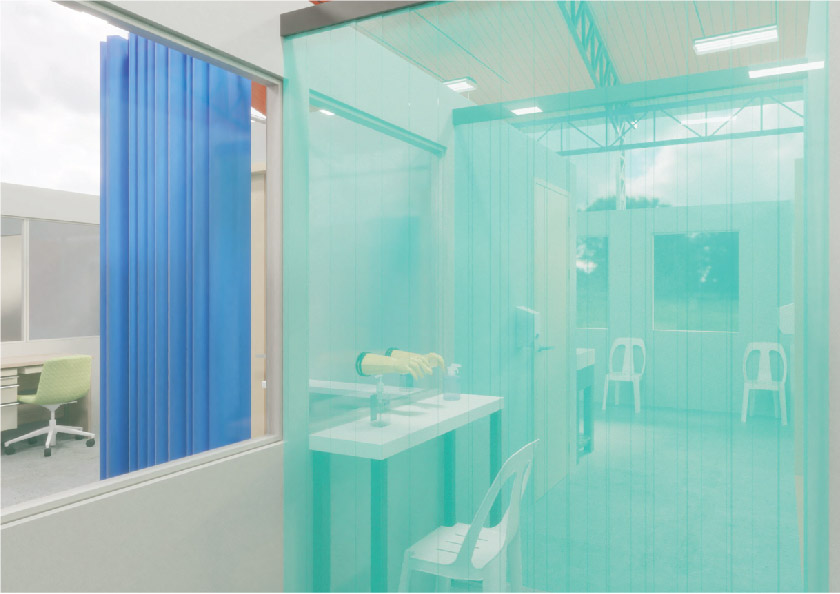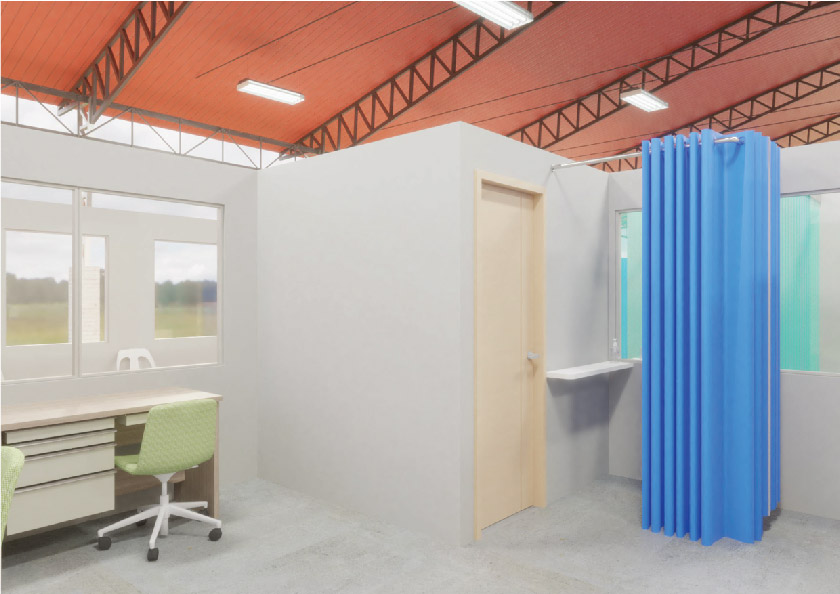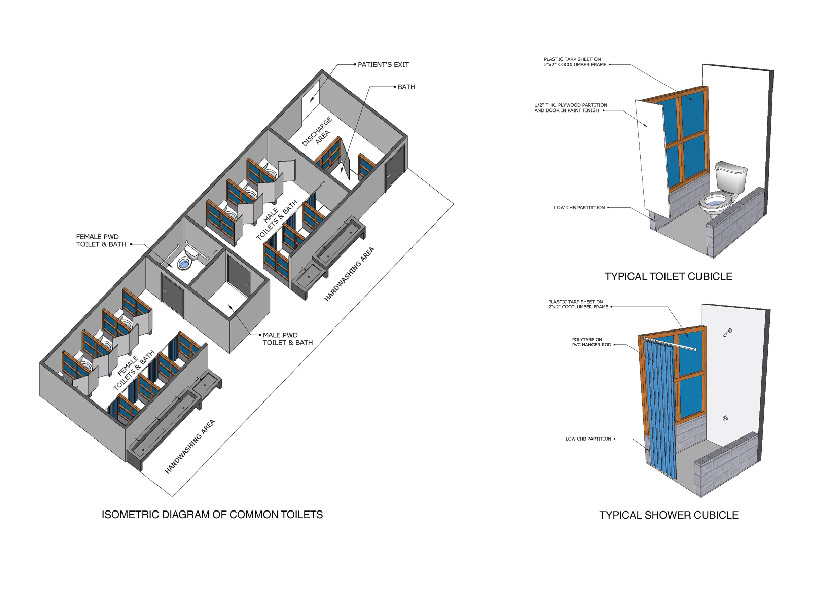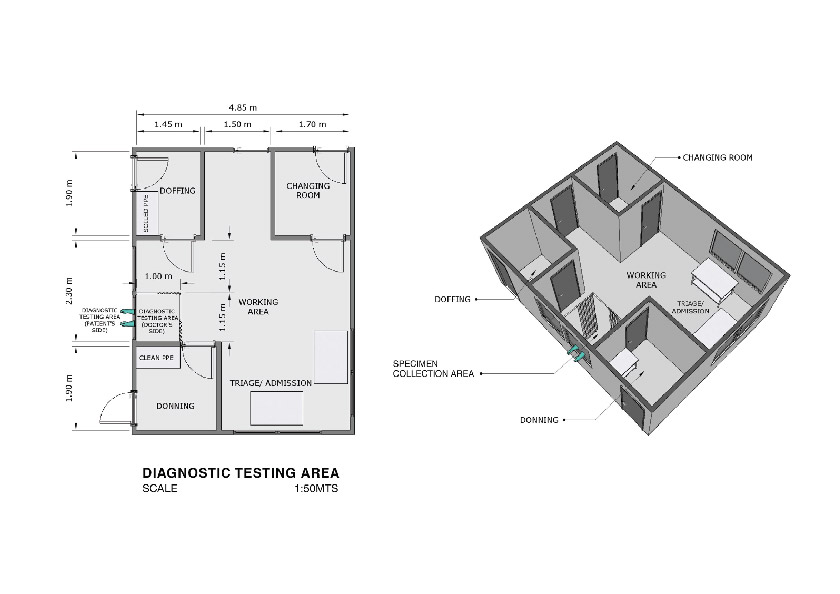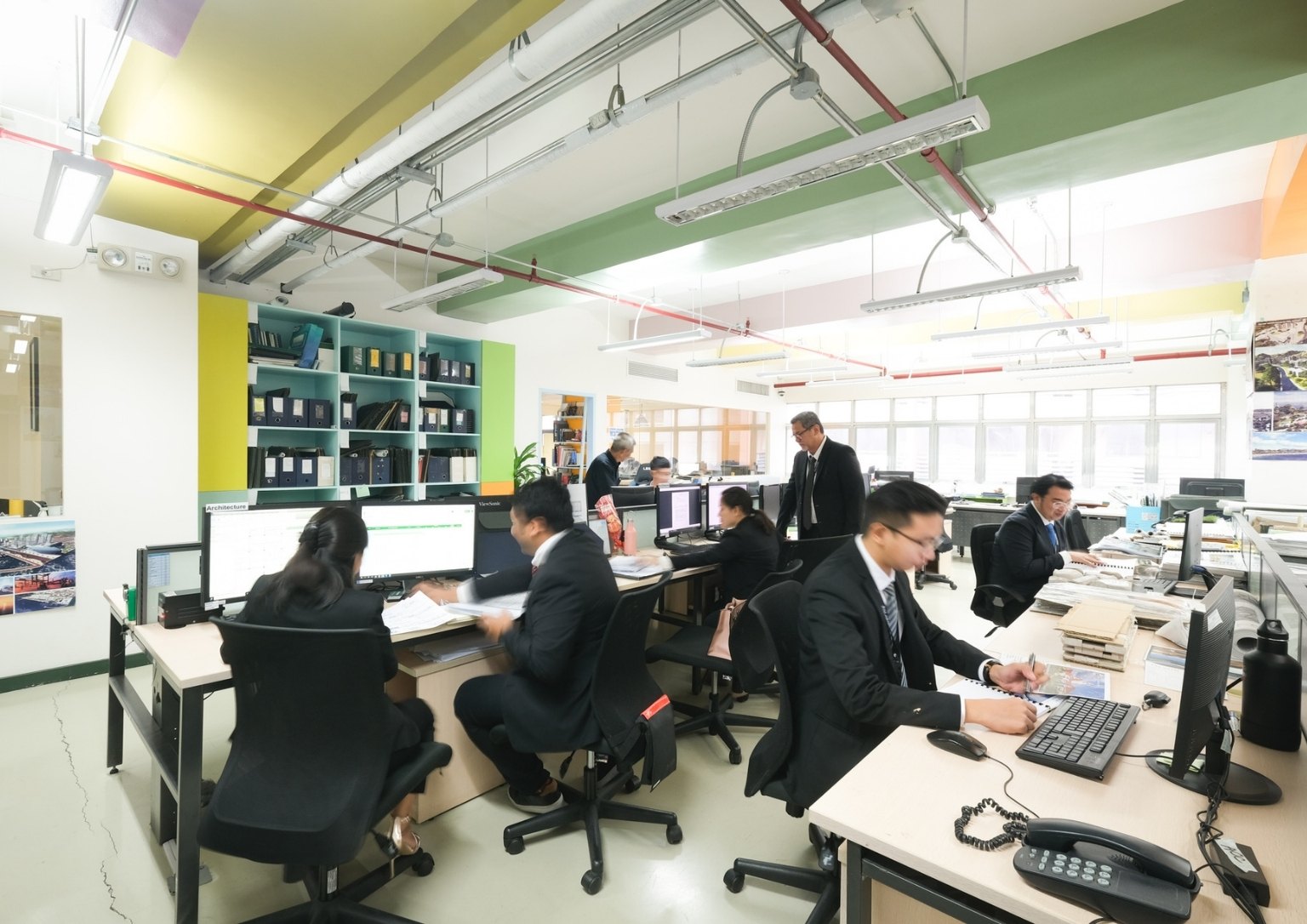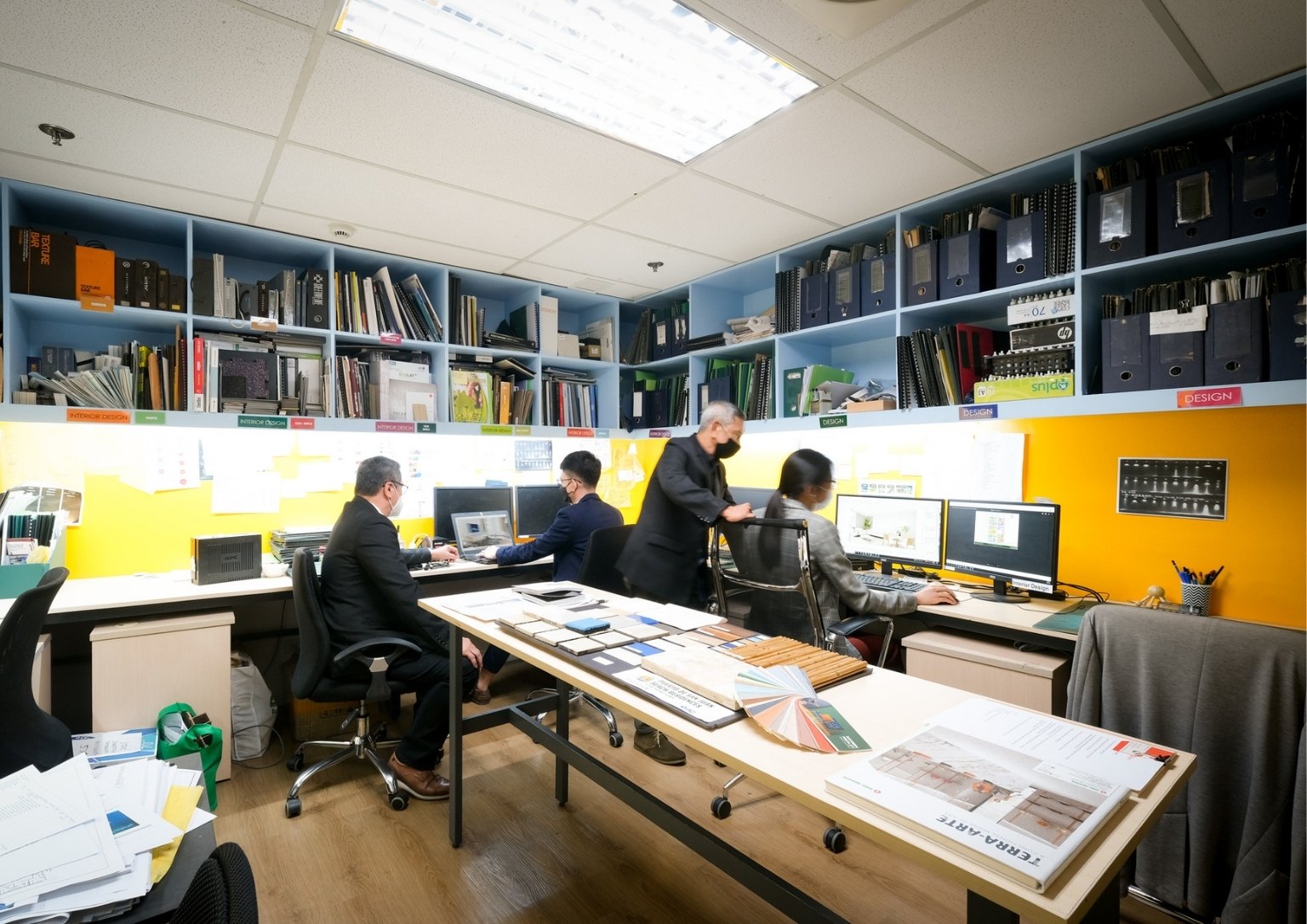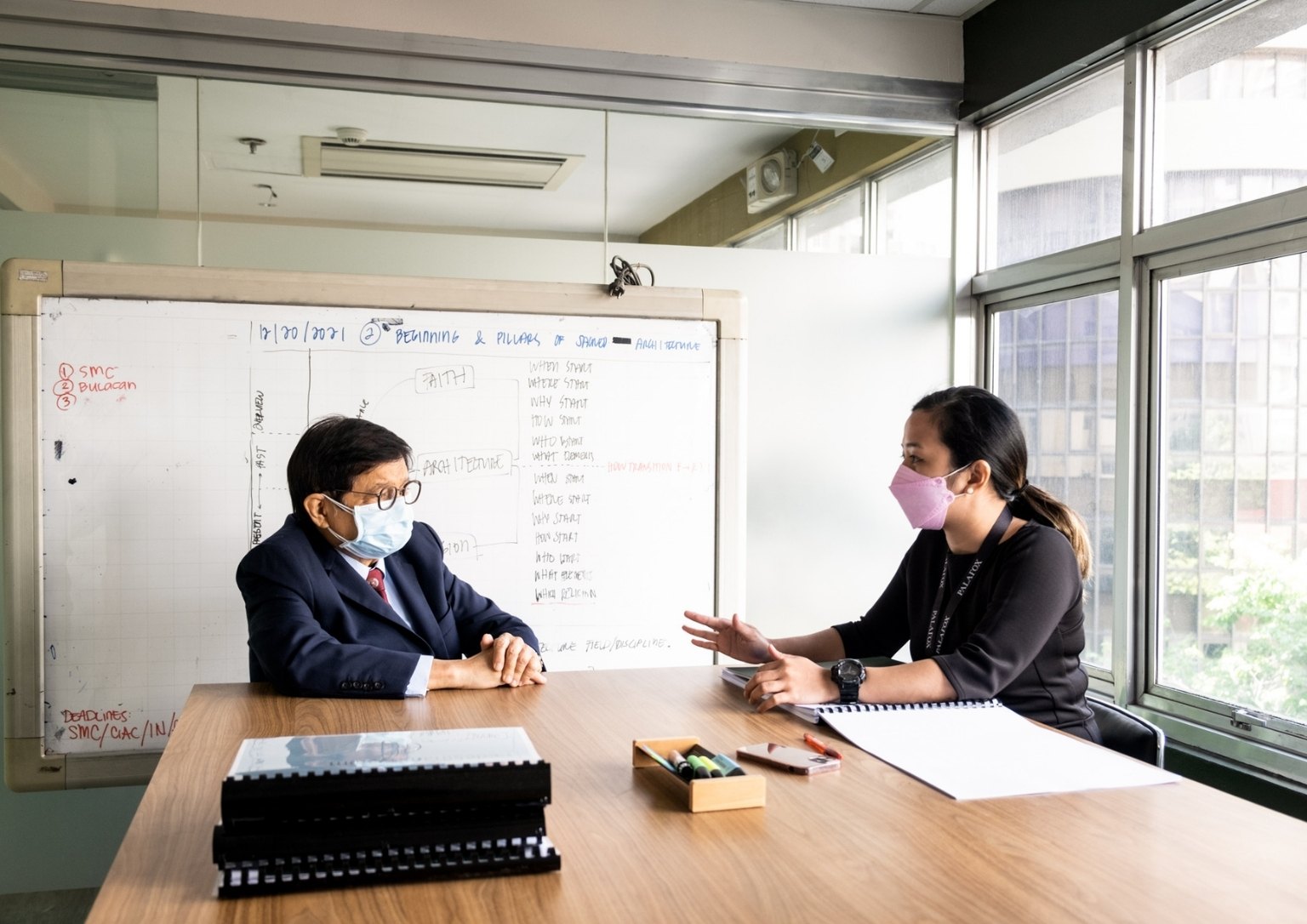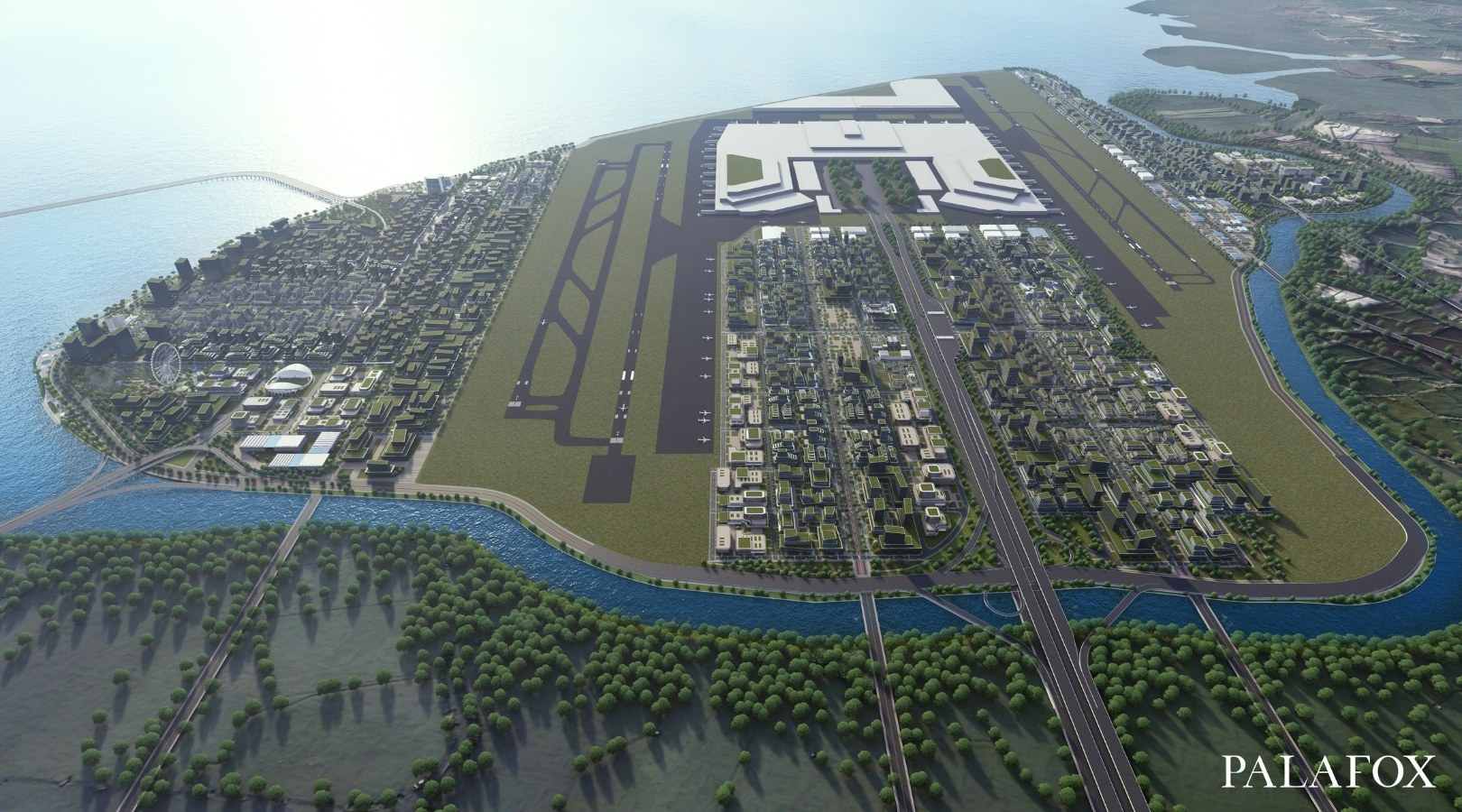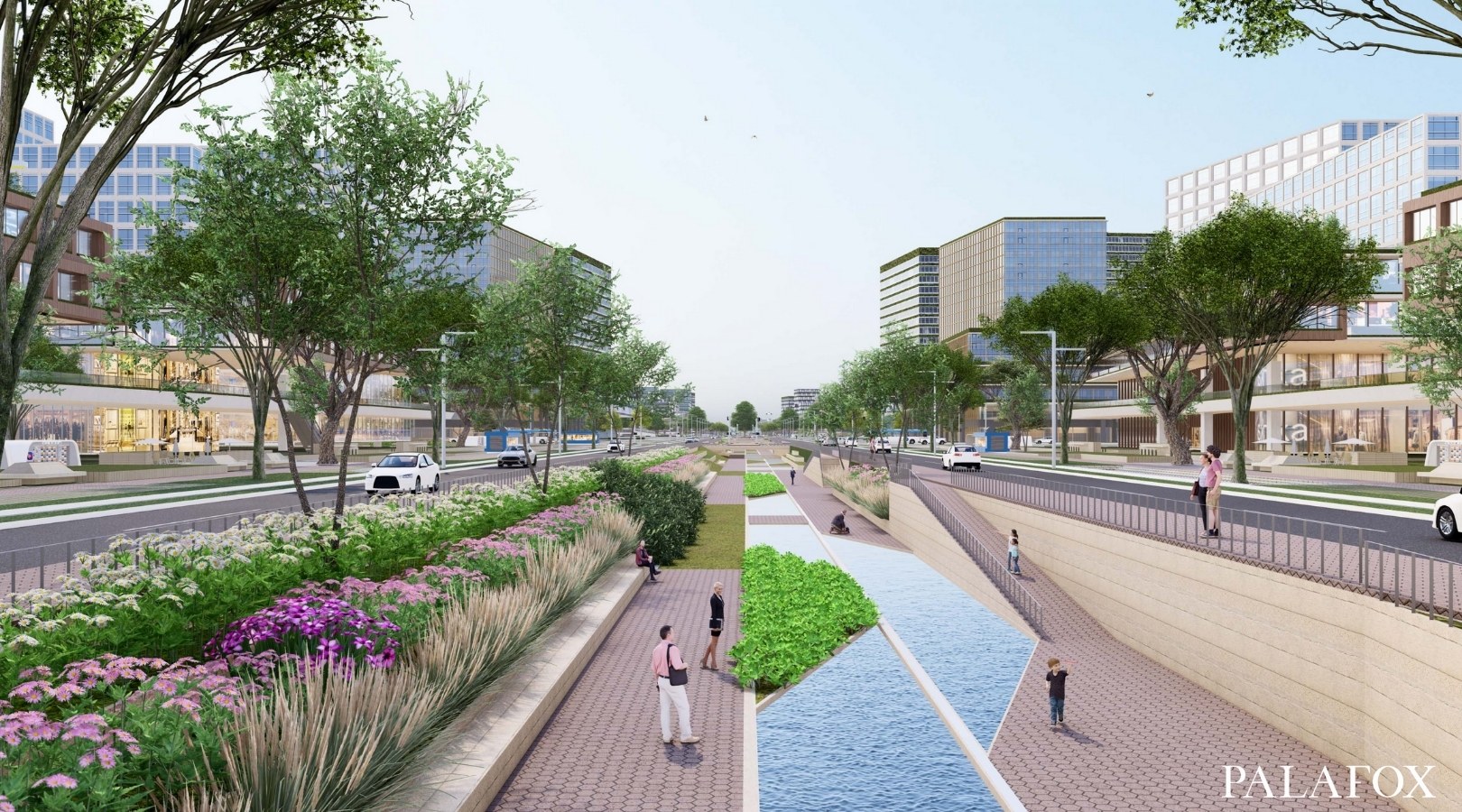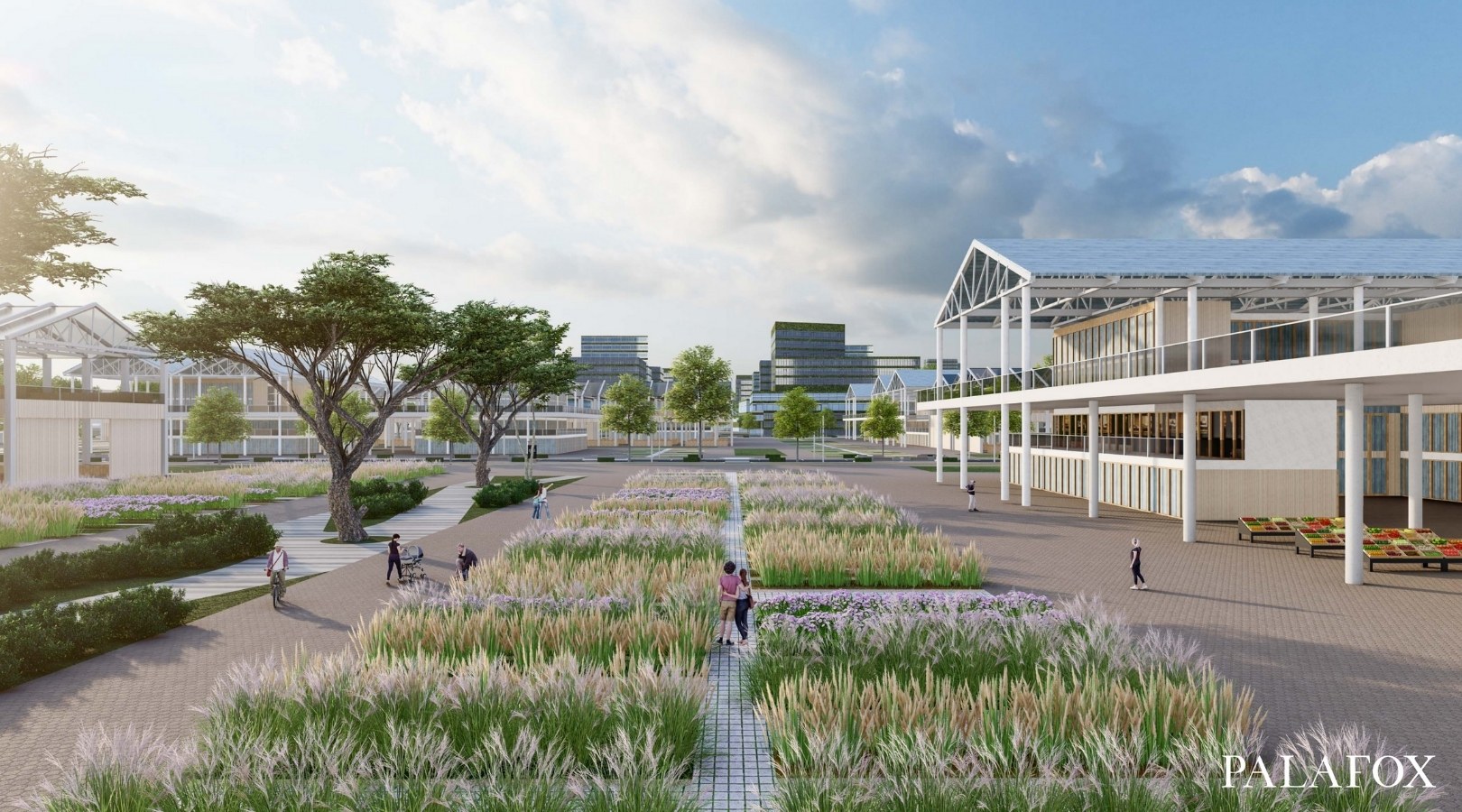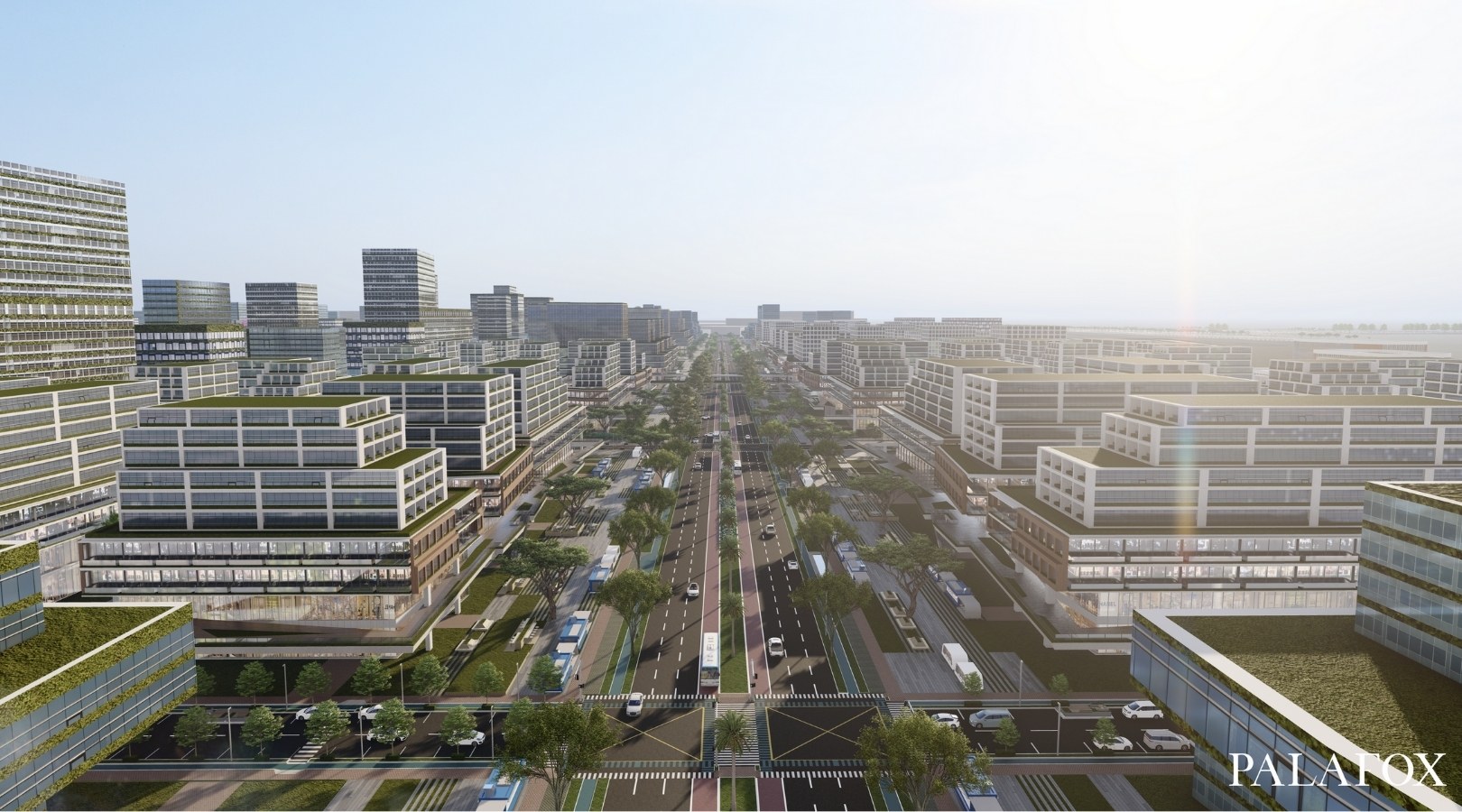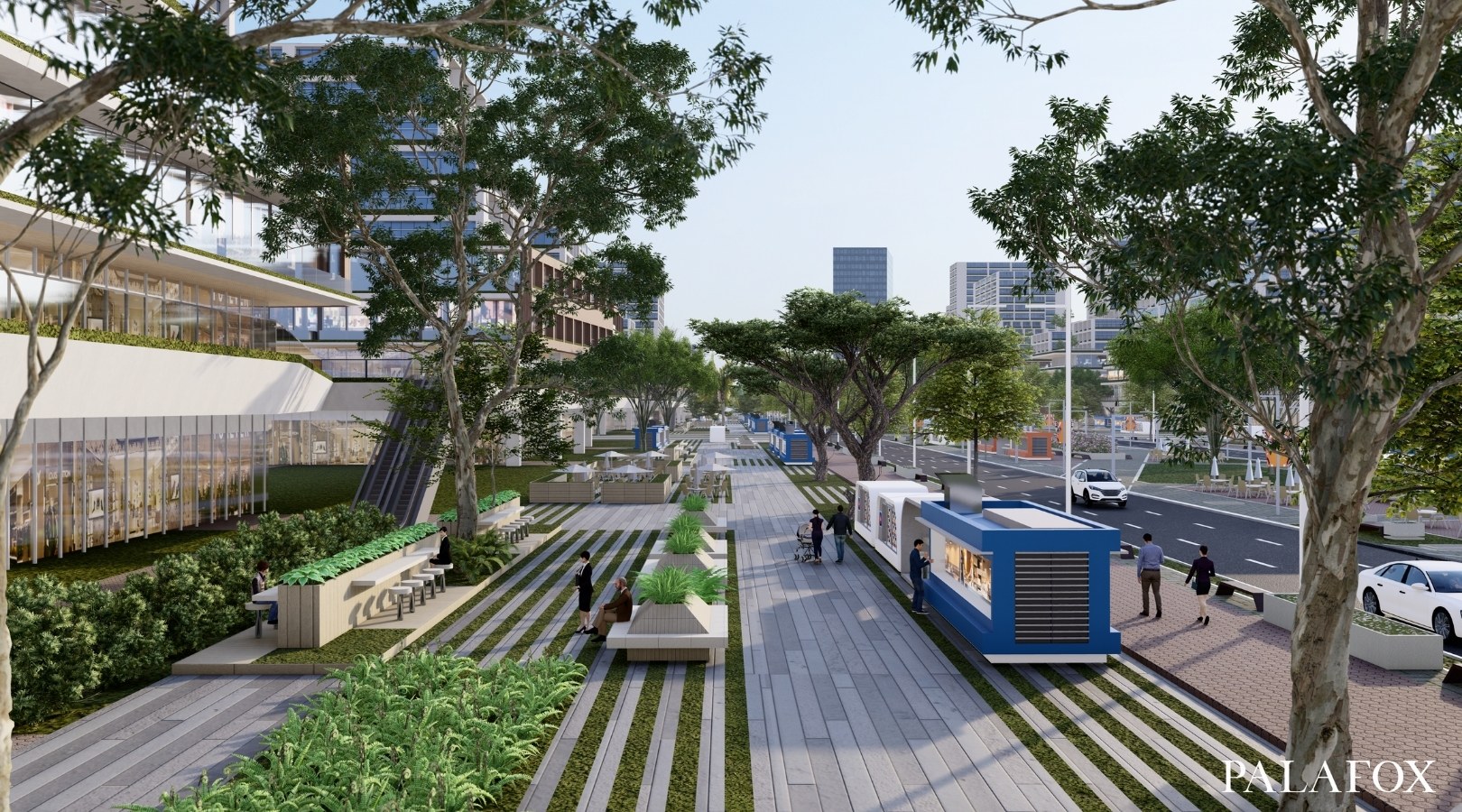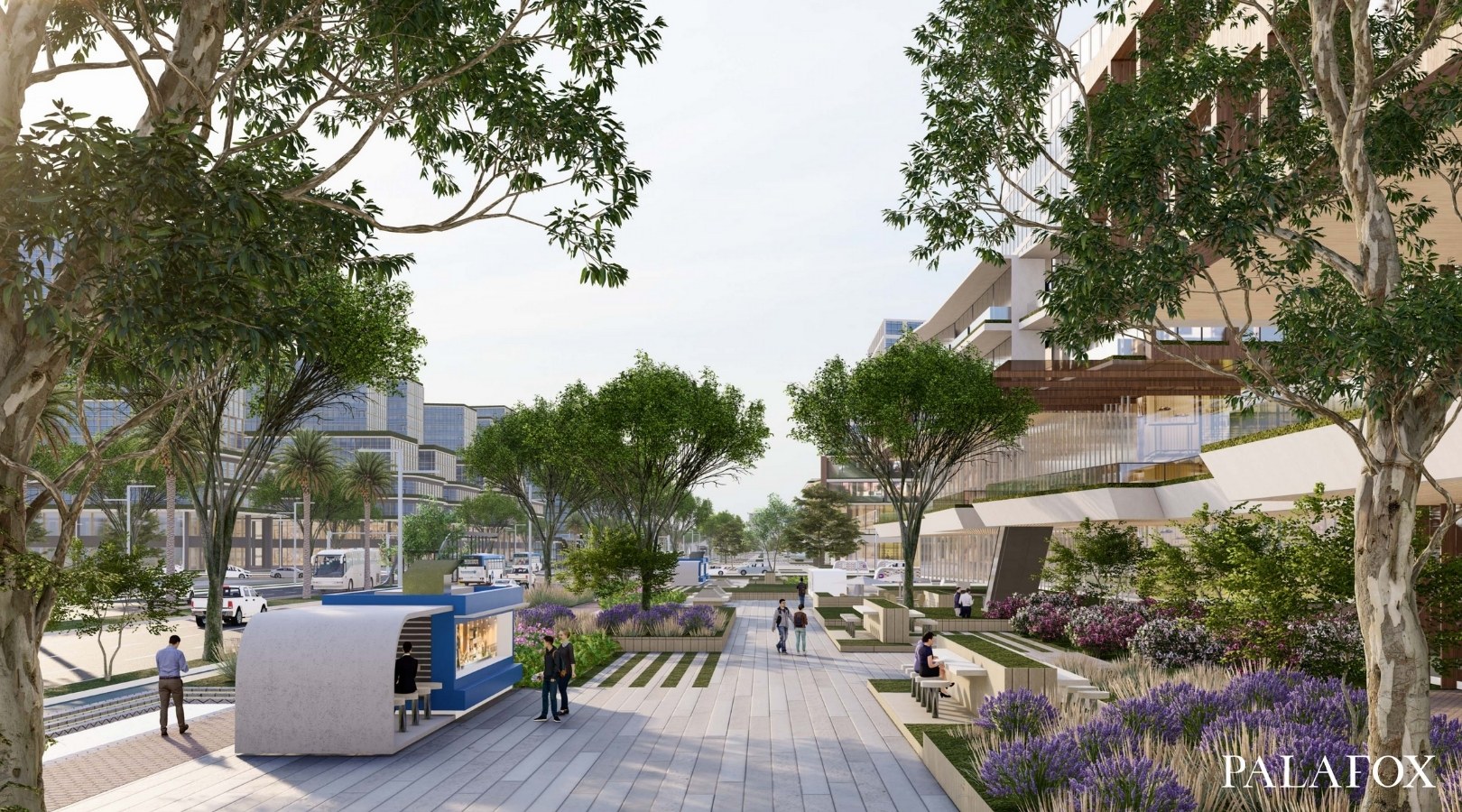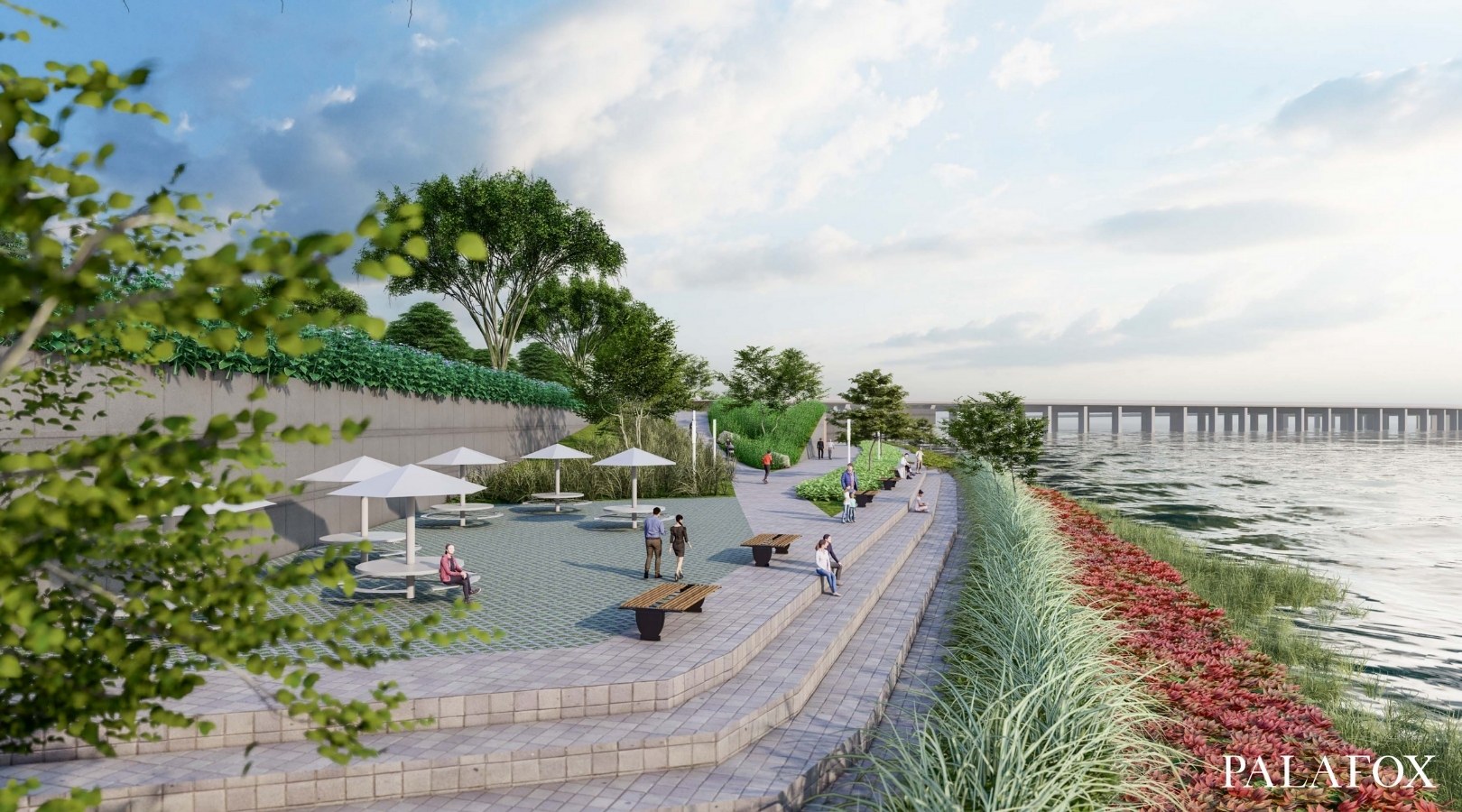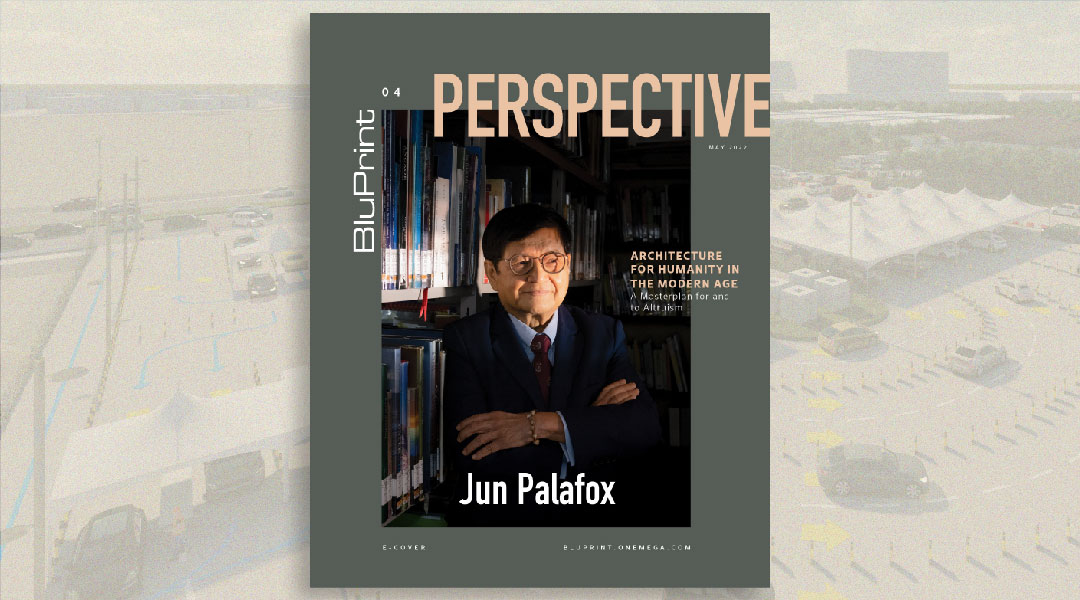
The Time Of Human-Centric Architecture Is Now
There is a famous saying that perhaps many people have been hearing at the back of their minds for some time now. Maybe it’s been a silent echo since the pandemic started.
“It’s always darkest before the dawn.”
After persistent problems and the loss of lives brought on by COVID-19, a ray of hope is a dire need to refresh tired minds. In large-scale crises that involve many people, it’s inevitable to experience what you’d call a rebirth or a regeneration after a long age of misfortune and heart-numbing problems. A ray of sun after a sudden downpour, if you will. This type of renaissance trickles into human progress and evolution. It doesn’t mean that global crises like pandemics, wars, or depressions are good and should be viewed as silver linings in the history of mankind. Instead, these are the times when humans can open cracks and holes for hope and innovation to slither through. In times when people are forced to gather enough creativity and backbone to open new doors that show better lives for them and their families, humanity or altruism is also likely to sprout.

Human evolution isn’t possible with just a few people. In American primatologist and biological anthropologist Augustín Fuentes’s book The Creative Spark: How Imagination Made Humans Exceptional, he connects creativity and cooperation as the two great drivers of human progress. Regardless of ethnicity, gender, or whatever social barrier people have put around each other nowadays, it is these two that can make humans greater and are still the root of our abilities to create better communities that revolve around bettering each other’s lives, not just fueling our egos and pride.
Some examples of human evolution in architecture can be seen in the creation of hospitals during pandemics. In the ghastly time of the bubonic plague, hospitals created split wards, separating patients who weren’t infected with the plague from those who were already suffering from the symptoms of the bubonic plague.
Further down human history, we see the creation of sanatoriums which topped popularity in Europe during the mid-19th century. Soon enough, we saw Alvar Aalto’s Paimio Sanatorium in Paimio, Southwest Finland. Here, tuberculosis patients experienced architecture that includes open-air areas like Paimio Sanatorium’s wide roof terrace.
When sickness dominates, spaces were created specifically for the people who needed them most. At this point, architecture not only encouraged the waterfall of ideas for new and better spaces, but it also made people kinder, and more sensitive to the problems other people have experienced and could experience in the future.
Looking back on these historical moments is the first step to recovering our humanity through architecture. In this exclusive with Architect Felino “Jun” Palafox Jr., he highlights that it’s important that current designers go back to the basics which also means studying the actions and projects going as far back as the Greecian times.
“Learning from as long ago as 400 B.C., learning from Hippocrates and creating healthy places, healthy buildings. Learnings from Florence Nightingale, a famous nurse in the 1800s who says that the patients in hospitals that have natural lighting and ventilation healed faster. In the past centuries, one of the top architects, Le Corbusier too. We should design buildings like healthcare facilities. The challenge to us architects is to make them more aesthetically pleasing.”
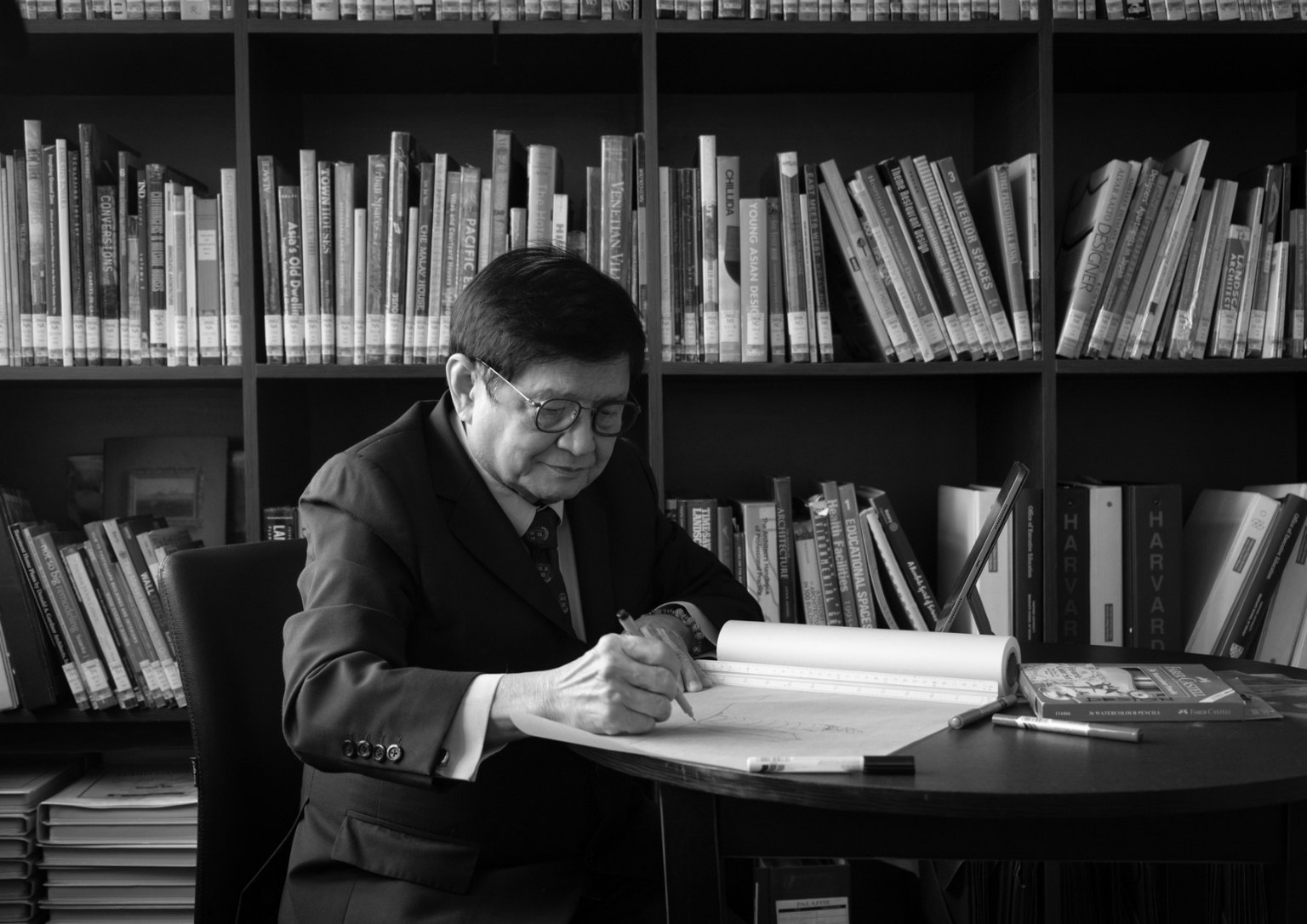
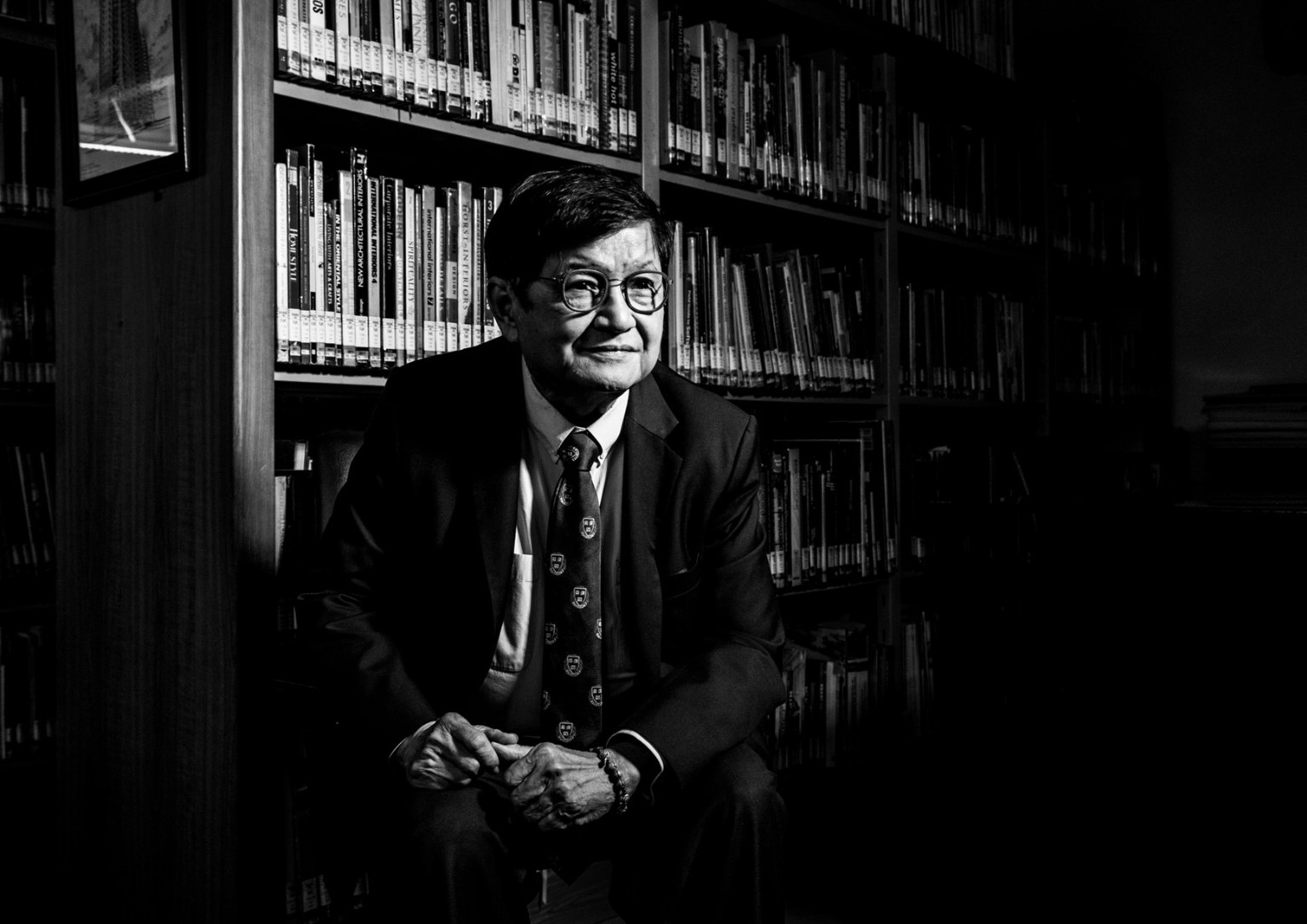
Ar. Jun Palafox of Palafox Associates is famous for being the youngest Filipino on the team that built Dubai. He spent more than a decade on this project as its architect and urban planner, creating architectural design guidelines alongside the progressive city’s building code. On this project alone, Palafox created one of the most future-ready cities from merely dirt and sand, giving him a peek into what makes up a city that thrives in the future. Now, Palafox clamors, as his firm has been doing so for several years now, for the creation and abundance of more open and eco-friendly spaces in our cities.
“Parks, open spaces are the lungs of the city. They improve not just our physical health and mental health but they are also used for social interaction. We should look a lot now at building complete communities. We shouldn’t just focus on building roads and hard infrastructure, we should look at the sewer systems and public health. Clean water supplies, management, and efficient garbage collection.”
In other parts of the world, recycling and basically being eco-friendly has become a staple practice for the architectural industry. From individual actions that help strangers and intrapersonal conversations to environmental shifts that can birth better communities. These changes can be seen everywhere, constantly, and more conspicuously than before the pandemic started.
PROPOSED MEGA VACCINATION SITE PERSPECTIVE
In the age of COVID-19, several architects from abroad created mobile COVID-19 facilities that are easily and quickly assembled. These architects include the German art group Plastique Fantastique which created the Mobile PPS (Personal Protective Space) for Doctors, Jupe Health with their Mobile Recovery Units, and Weston Williamson + Partners which built Hospital ships–inventions that are as resourceful as they sound to be. In the Philippines, Palafox Associates donated their own architectural designs for COVID Centers, staying in line with their philanthropic and patriotic architecture advocacies. Mega Vaccination Centers at Nayong Pilipino, Parañaque, which can serve 12,000 vaccines a day, highlighted drive-thru vaccination courts, and Ligtas COVID centers or community-based isolation units that can accommodate 32 patients in each center.
PROPOSED LIGTAS COVID CENTER PERSPECTIVE
This Ligtas COVID center was designed by a multi-specialty team that combines architects, engineers, planners, and interior designers from Palafox Associates from the MS Innovation and Business Program of the Asian Institue of Management (AIM), and emergency and disaster experts. Field hospital managers, health systems professionals from the Philippine Society of Public Health Physicians (PSPHP), and the Alliance for Improving Health Outcomes (AIHO) were also included.
How can we regain our humanity through architecture?
Call it however you like. Rebirth, a renaissance, a new age. Reconstructing life as we know it, from the smallest way to the biggest, has become the main mission of all Filipinos. And it has become a more conspicuous act ever since the pandemic revealed two things: One, planning problems that now plague the current society, and two, loopholes that past and current administrations escaped through to hide these problems.
One of these problems is traffic, the Filipino’s age-old enemy that has devoured up so much time that could’ve been used to either making money or learning more than what you already know. It has even restrained some people from job opportunities that they truly like or even from simply having more time to spend with their loved ones. Throughout the pandemic, the majority of Filipinos have experienced the draining effects traffic can bring.

In this day and age, after all, cars shouldn’t be the only mode of transportation to spotlight. Parisians for one would probably agree with this. The city after all is currently (and with great progress) pushing to become a 100% bikeable city by 2026. If the city continues to push for these plans, it could become one of the most bike-friendly major cities in the world, a model city where both environmental health and people’s physical health would be prioritized. This kind of plan however wouldn’t be so easily completed. As stated in the plan proposals, the city would put pedestrian safety first while increasing police control of riders and publicizing road rules.
Comparing this to the Philippines’ current state is in some ways, slightly unfair considering that it is still wobbling towards progress. Even now, the country struggles with poor decisions in urban planning. According to the Palafox team, having more cities in the future can help the country progress into the first-world country many people dream of.
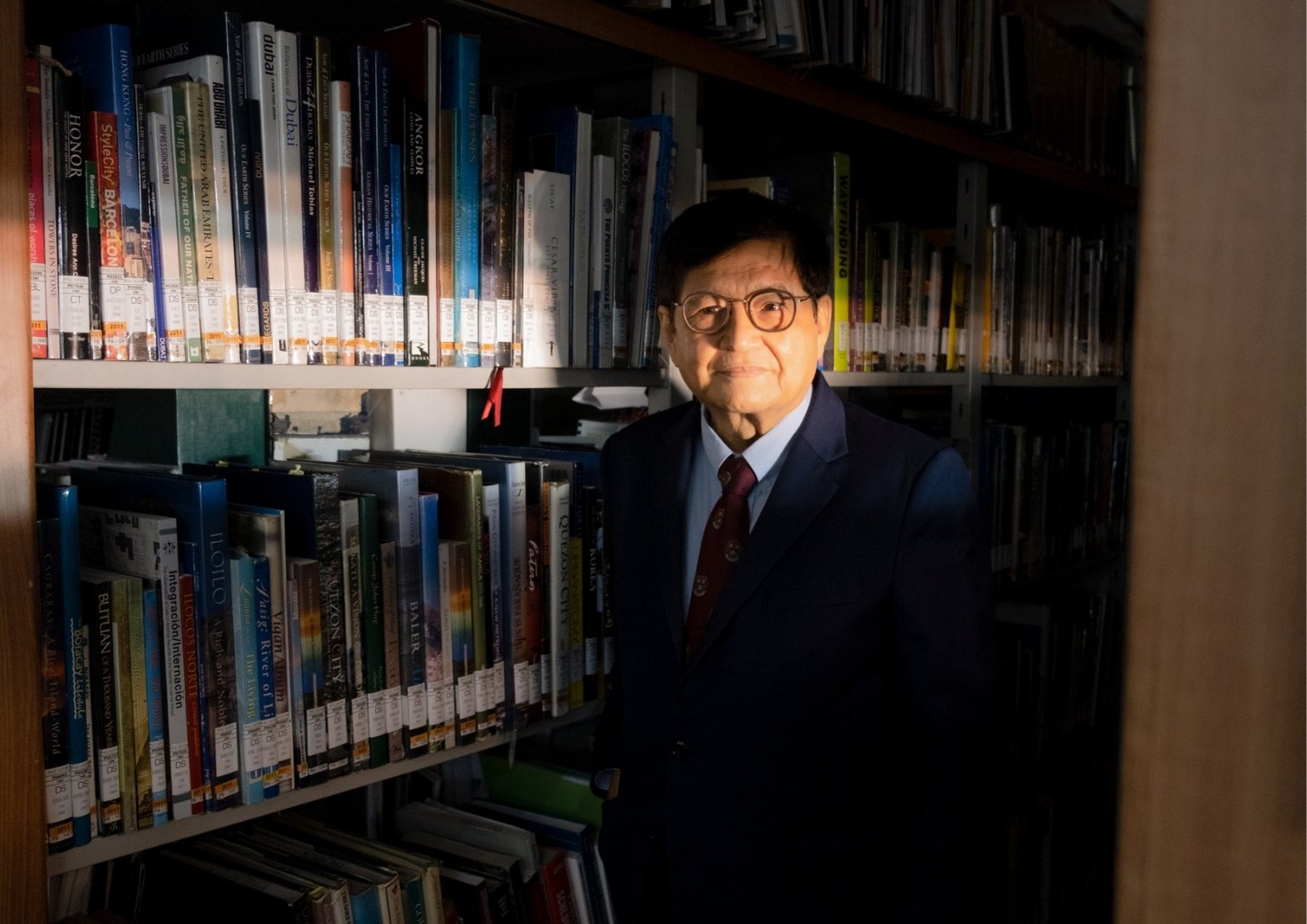
“The Philippines is in a strategic location being part of the so-called Asia-Pacific hub, which is the fastest growing region in the world. Proven by the 300-year colonial subjugation of the Spanish rule, 50 years by the Americans, four years by the Japanese, and two years by the British, superpower countries will always be interested in our beautiful islands. To sustain taking this global interest to our advantage, in addition to addressing the numerous problems our emerging 3rd world country faces, Ar. Palafox reckons we need 100 new cities by 2050. If we implement the necessary design and infrastructure to support the Filipino’s needs and the current demand, driven by good governance and political will, the Philippines can be a first world in 2040 and one of the top 20 economies in the world by 2050.”
“We can bring the Philippines well into the first world in 15 years.” Ar. Palafox adds, expressing his strong belief and hopes for the country if sustainable and modern plans are done right. “We did that in Dubai-the vision of the Ruler in 1977. We can do it. Strategic plan in the first 100 days then we implement plans into programs, policies, and projects, in the remaining 2,000 days. Immediate action, short term, medium term, long term, visionary plans. We can do it. First world by 2040, Top 20 Economies of the World by 2050.”
Currently, there’s the “Build, Build, Build (BBB)” program by the Duterte administration–a project aiming to usher in the “Golden Age of Infrastructure”. Though seemingly a project that has yet to be completely sustainable, it’s a program that, according to Palafox, cuts up incremental infrastructure which are the types of projects that have been too active in the country for several years. In the recent presidential debates, seven of the candidates have confirmed and promised the continuation of the Duterte administration’s BBB program.
“…That’s one reason why we are behind our Asian neighbors.” Palafox states, “Our proposals have always had pedestrian bridges, elevated walkways, bike lanes, bike bridges, and highways present. I hope this will be included in the BBB…Architecture at Palafox isn’t just for business and commerce, and the government. We also do architecture for transportation, infrastructure, architectural activism, democratic architecture, architecture for the urban poor, architecture of faith, patriotic architecture, philanthropic architecture, and several others. It’s not just commercial architecture. We also do for advocacies.”
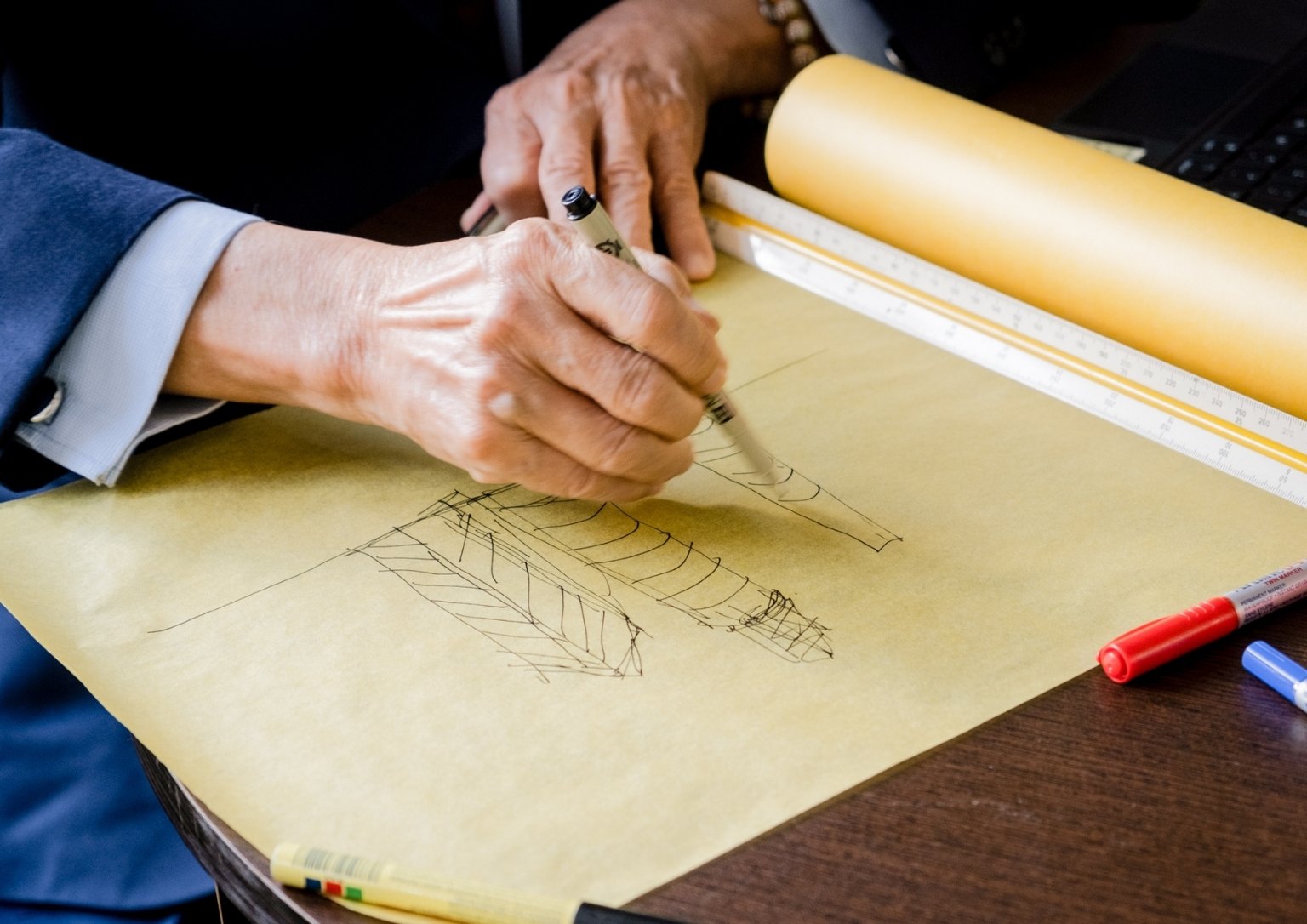
According to Ar. Jun, Palafox Associates has been submitting more than 3,000 plans, drawings, perspectives, and planning reports to interconnect Laguna Lake, Pasig river, and Manila Bay with riverwalks that have sewage interceptors and sewage treatment plants underneath those promenades.
“We also considered river transport from Laguna lake, Pasig river and for the communities along Manila Bay. Nothing happened. It was volunteer work from 1992 to 1998 and from 1998 until 2010, we were partly paid for this project, in advocacy.”
In Ar. Palafox’s eyes, architecture has advanced impressively. “Before, it’s just the art and science of buildings. Now, it’s also about technology, the economy, social aspects, and even the political aspects. It should address climate change too. There’s technology helping us now.” Despite this advancement, the profession should improve itself in terms of education too, in order to keep up with the times.
“I think all of us want to live in master planned and well-designed buildings that are smart, sustainable, resilient, walkable, bikeable, liveable, better lighted, and safer. Mixed-income neighborhoods that are integrated places to live, workshop and dine, learn and worship with healthcare and wellness centers with some 24-hour cycle activity centers. It should be complete. Our advocacy at Palafox states that roads should be walkable and bikeable with public transit.”
BULACAN AEROTROPOLIS PERSPECTIVE
For Ar. Palafox, the proposed Bulacan Aerotropolis can be one of these master-planned cities.
“Bulacan Aerotropolis is a proposed airport-driven city in the province of Bulacan highlighting accessibility, connectivity, and mobility. It will feature wide boulevards filled with landscaping, greenery, and dedicated lanes for mass transportation, biking, active frontages, and pedestrian walkways. It will also feature buildings interconnected by skywalks, and ideally would generate more access and connectivity between buildings and increase floor area for safe and comfortable urban-designed public spaces. These skywalks can also potentially become micro-solar farms, using renewable energy to power street lights and other urban design fixtures that contribute to pedestrian comfort and safety. Among other concepts around green architecture and green urbanism, the plan also introduces waterfront development as a way to protect the site from storm surge but at the same time functions as an environmental sanctuary and a submersible green space, and increase more frontages that utilize the coastline. It would also help in the plan that greenspaces are always within 15 min. walking distance at any point in the city.”
The solution to traffic and urban planning in the Philippines isn’t just pouring concrete over the ground to create more poorly designed roads. This is (obviously) far from a good solution. The problem still lies in poor urban planning, land use, and transportation and that discipline also needs to be better practiced within ourselves–the people who use these roads. A better community involves having core values centered on selflessness, altruism constantly spotlighted from one generation to the next, and good education that supports these values.
“I think we should improve our education. Even the conduct of board exams. Include more design rather than multiple-choice questions. I also wish there was more integrity in the practice of the profession. Honesty, integrity, and professionalism.”
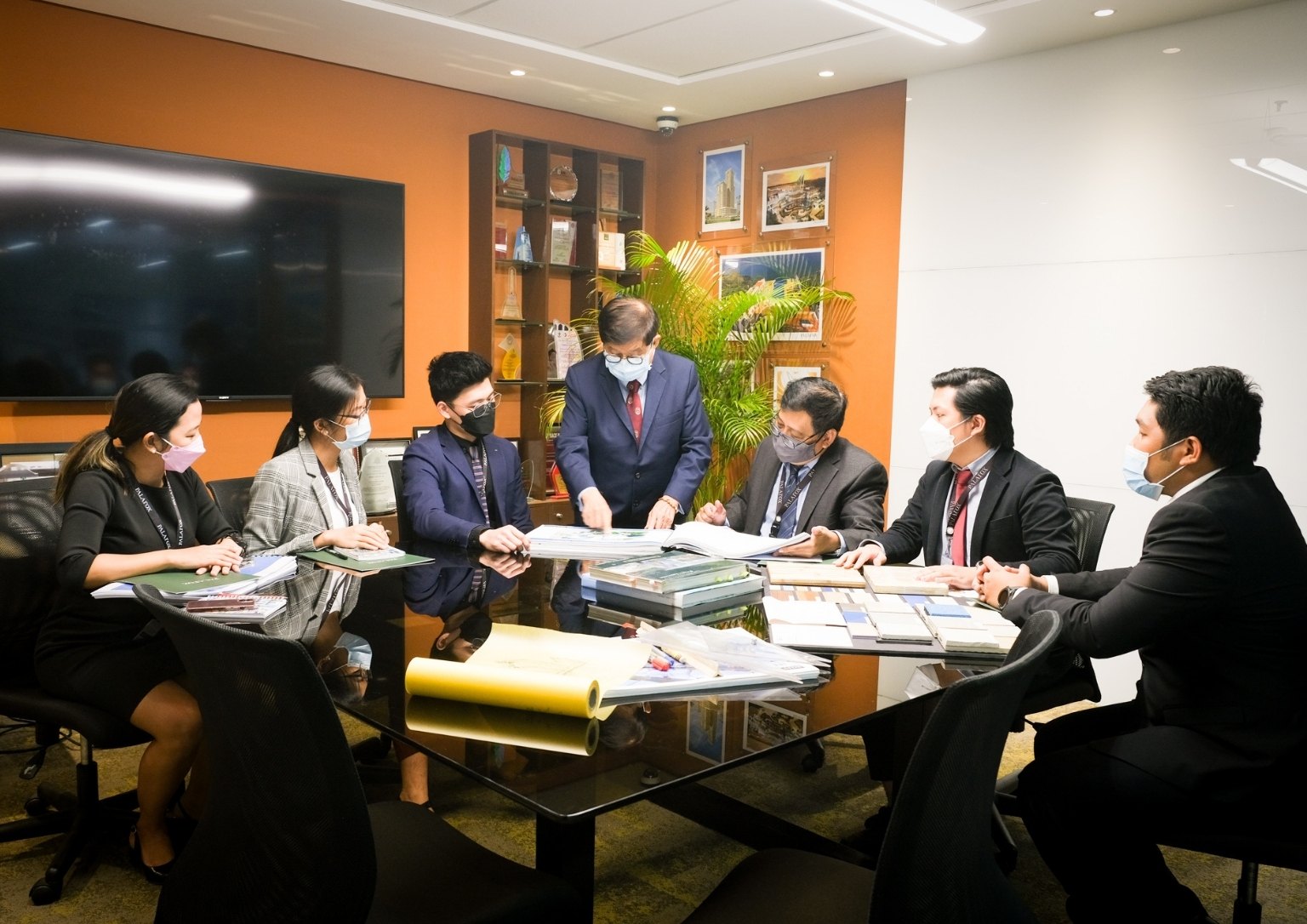
In Jun Palafox’s words, here are some bits of wisdom for the next generation who can help create communities that are both sustainable and human-centered.
“Work hard, study hard, pray hard. Never compromise your principles. I’ve given up billions worth of projects when they violated our principles at Palafox. We at Palafox believe in what we call the Integral Ecology: People first or social equity, followed by thoughts for planet earth and the environment. Then we can talk about prosperity, profit, and economic goals without forgetting culture, history and heritage, and interfaith spirituality. Pro Deo, Patria, Et Terra. For God, Country, and Planet Earth. After all, we architects are just instruments of the Chief Designer up there. We’re just instruments for His greater glory. Start the day with a prayer and end it with a word with God. Everything we do, if we do a good job, think of the beneficiaries. If we do a lousy job, think of the sufferers. It’s continuous learning. Even at more than 50 years old, I went back to Harvard…Keep on learning! Always get out of the box of architecture. It is planning communities and cities. Not just planning and designing buildings. And again, stick to your principles. Our core values at Palafox are instilled in all my colleagues. They are like lighthouses that even in stormy weather, they’ll always be there guiding us.”
Photography ED SIMON
Art Direction DIANNE NICOLE FERNANDO
Sittings Editor GEEWEL FUSTER
Video Producer ANDREW WAYNE
Shoot Coordination ERICA LUNA, MAE TALAID, and MJ ALMERO
Shot on location PALAFOX ASSOCIATES OFFICE

